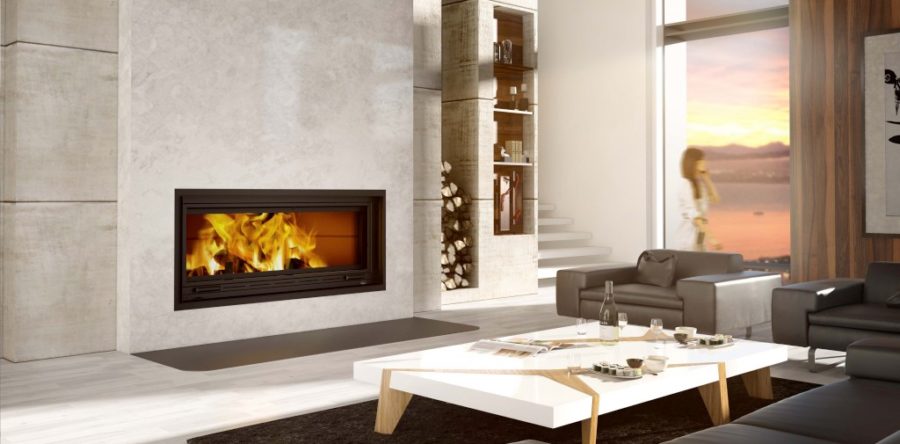Stay safe during wildfires. Learn the meaning of fire evacuation warnings, how to prepare, and what to do before, during, and after an alert.
Essential Guide: What to Do During a Fire Evacuation Warning in Your Town
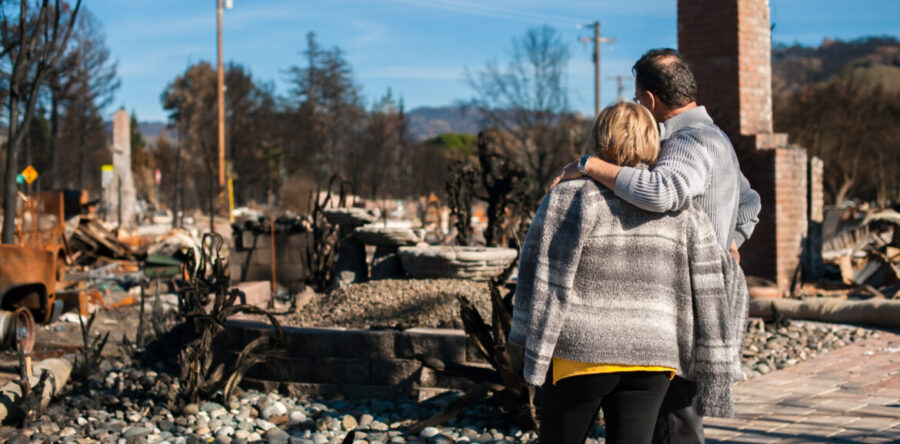
![]()

Stay safe during wildfires. Learn the meaning of fire evacuation warnings, how to prepare, and what to do before, during, and after an alert.

Learn how to use fire responsibly at home and outdoors. Prevent wildfires, protect lives, and follow expert fire safety tips. Fire safety starts with you.

Explore how hot tubs may impact women’s health and discover natural ways to prevent UTIs for a safer, more enjoyable soak.
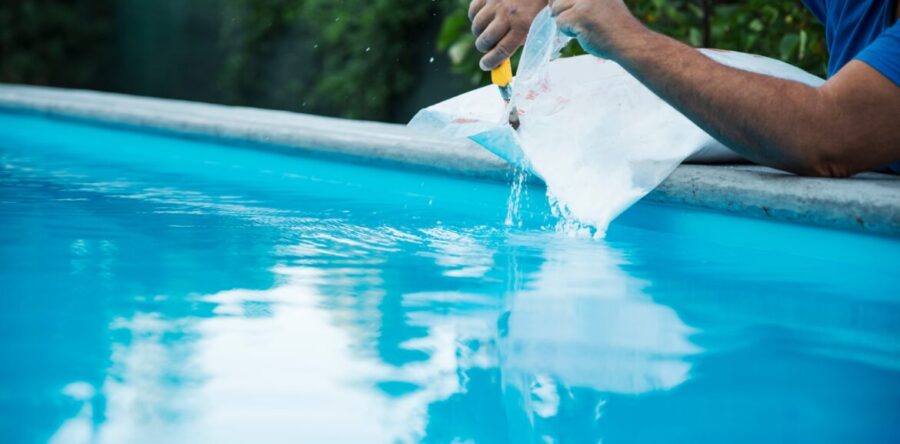
Confused about hot tub water care? Discover the best spa purification system for clean, safe soaking—chlorine, salt, UV, Ozone, or osmosis.

Use our outdoor spring cleaning checklist to tackle winter damage, refresh your home’s exterior, and prepare your yard for 2025.
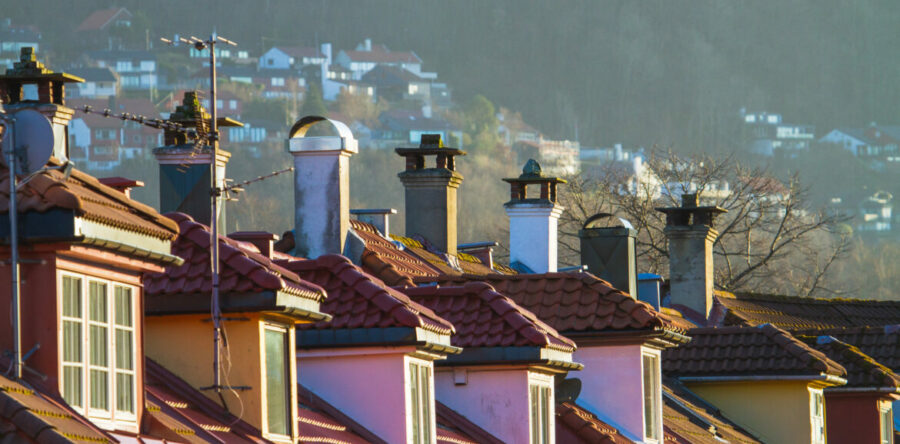
Unlock essential chimney maintenance and safety knowledge with our comprehensive chimney care handbook. Learn about chimney types, proper cleaning schedules, fire prevention, and why professional inspections matter. Keep your family safe and your wood-burning system performing efficiently year-round.

Scented candles bring warmth, tranquility, and comfort to any space. From choosing the perfect fragrance to enhancing your home’s ambiance, discover how these flickering lights can transform ordinary moments into soothing experiences. Learn tips for candle care, safety, and seasonal scents to elevate your lifestyle.
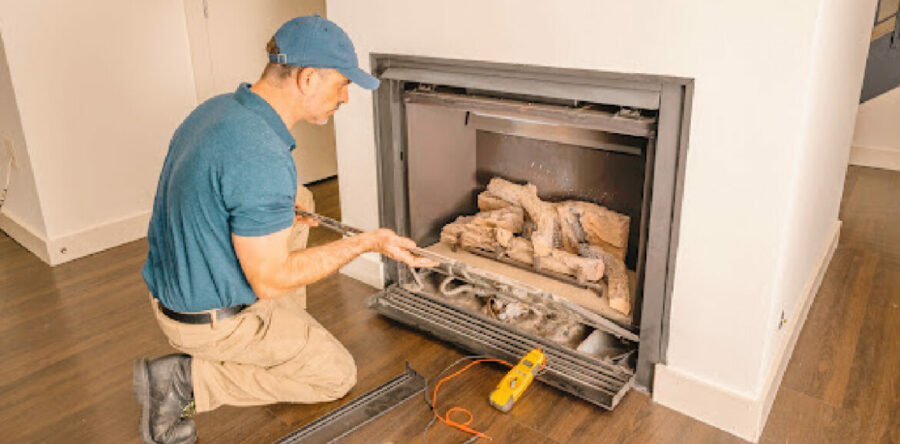
A gas fireplace provides warmth, ambiance, and a cozy focal point for any room. This guide covers essential tips for using and maintaining your gas fireplace, from understanding key components to troubleshooting common issues. Discover how to keep your fireplace operating safely and efficiently, ensuring it remains a reliable source of comfort and cherished family memories for years to come.
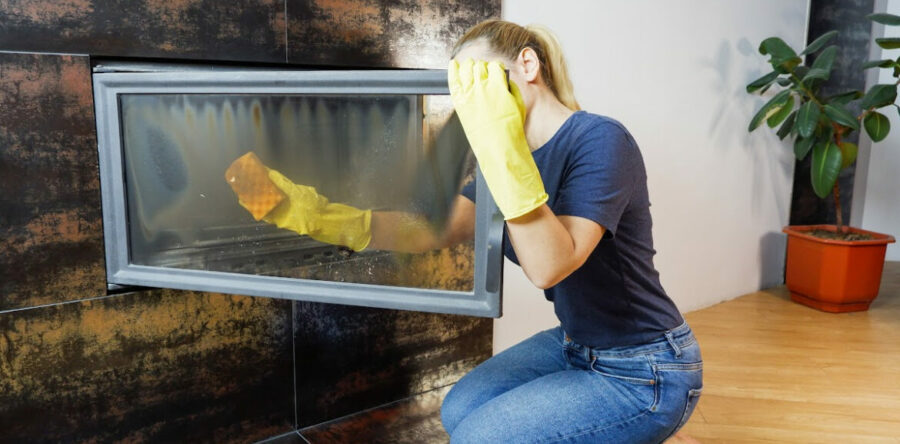
Keeping your fireplace glass clean is essential for enjoying the ambiance of your living room. While gas and wood-burning fireplaces require slightly different maintenance, both can be cleaned effectively with the right products and techniques. By following these insider tips, you can say goodbye to dirty fireplace glass and enjoy a spotless, sparkling fireplace.

Discover how modern wood-burning stoves offer an eco-friendly heating solution, reducing carbon emissions and providing cost savings, all while creating a warm and inviting atmosphere for your home!

Equip your kids with essential fire safety skills with these 15 life-saving tips. Learn how to create effective escape plans, handle emergencies, and safely manage open fires to ensure your family’s safety in any fire situation.
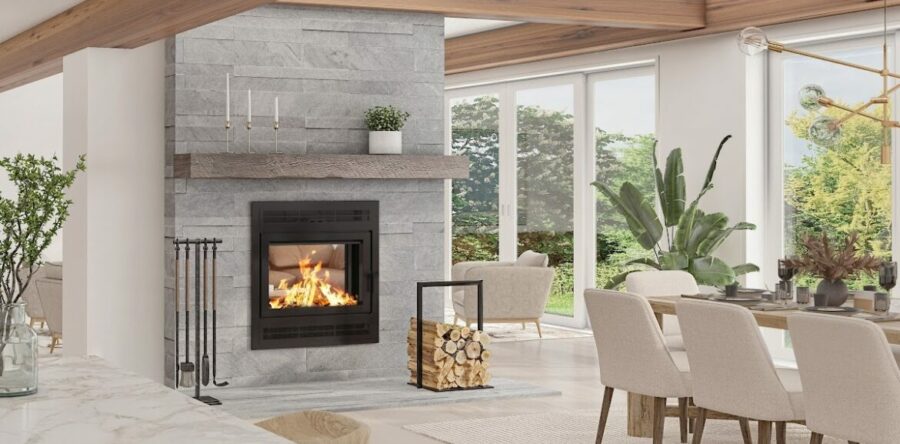
Discover essential accessories that elevate your fireplace from ordinary to extraordinary. From stylish log carriers to sleek ash buckets and more, these must-have items are game changers!
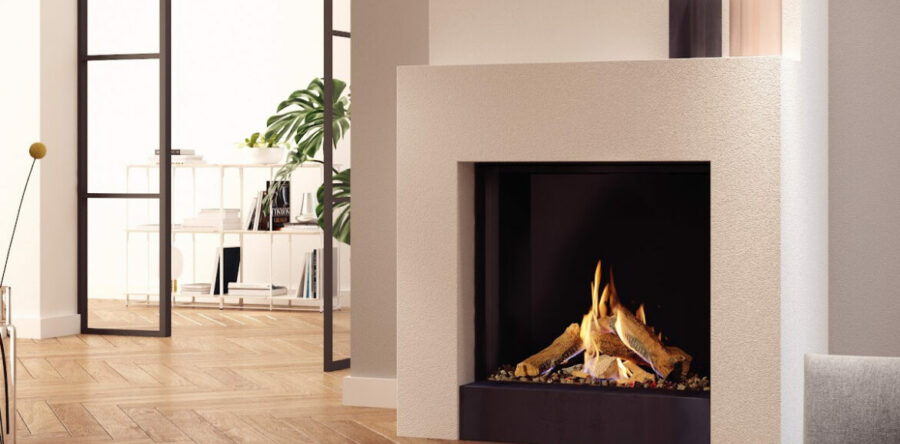
Gas fireplaces aren’t just about cozy ambiance. Did you know they can actually help you save on energy bills? Let’s dive into how gas fireplace efficiency works, the best models for your home, and why they make a surprisingly practical addition.
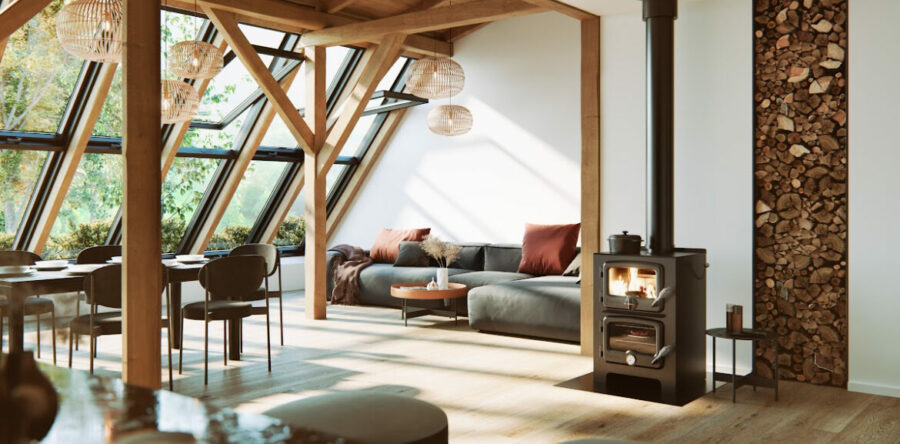
Discover the essential guide to safe wood burning practices in Canada with WETT Inc.’s comprehensive training and certification program, ensuring peace of mind for your family and property.
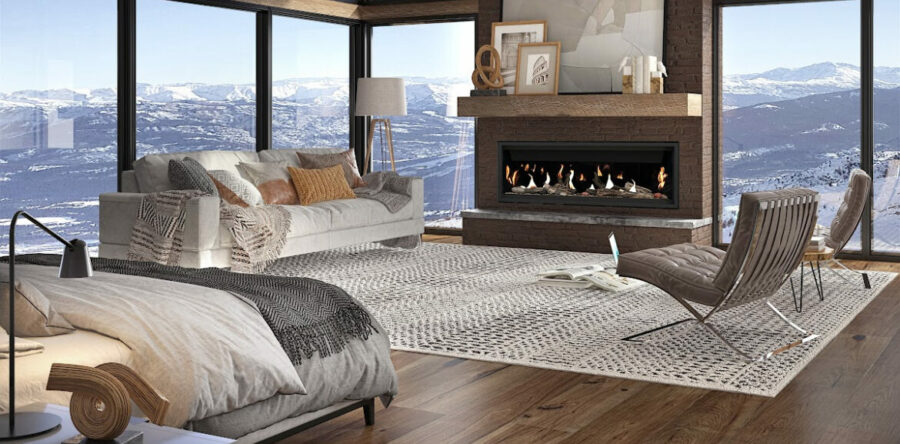
Discover essential gas fireplace safety tips: from starters to logs. Learn about installation, operation, and potential hazards. Ensure a cozy, worry-free ambiance in your home!
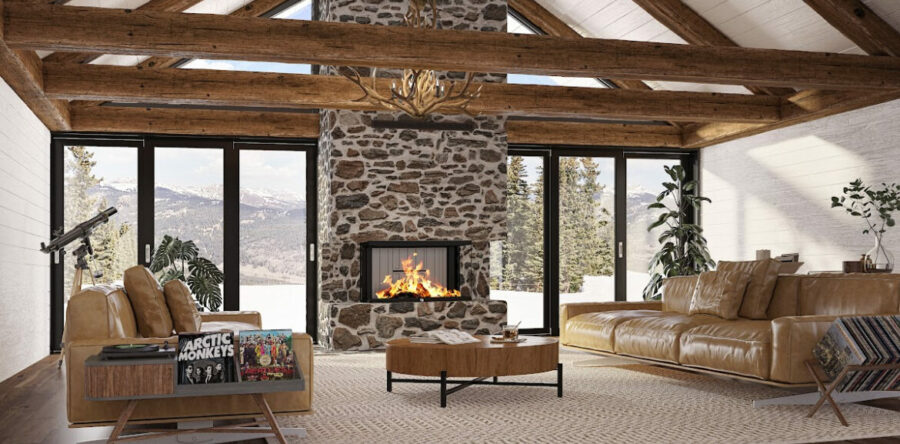
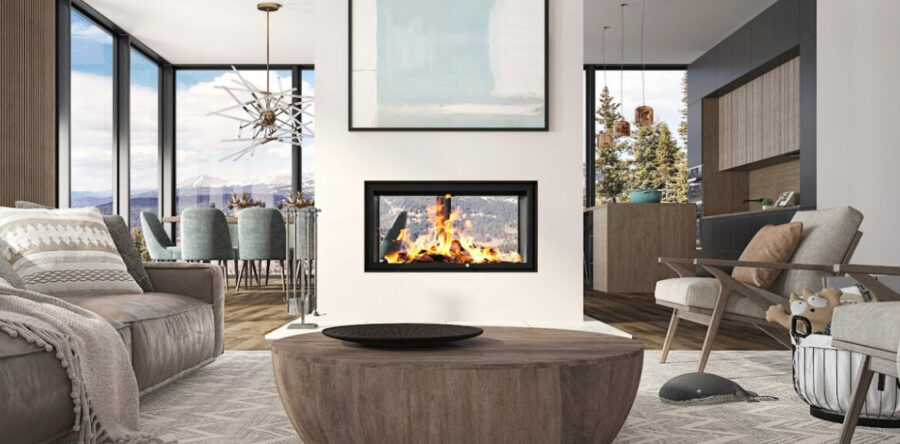
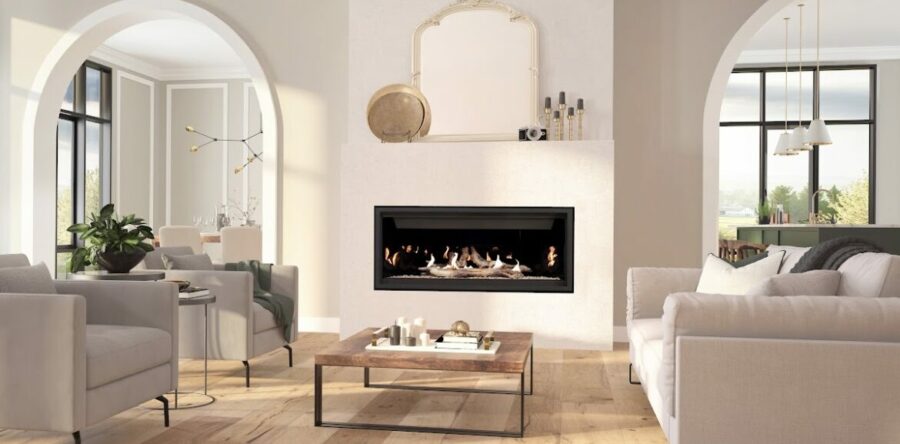

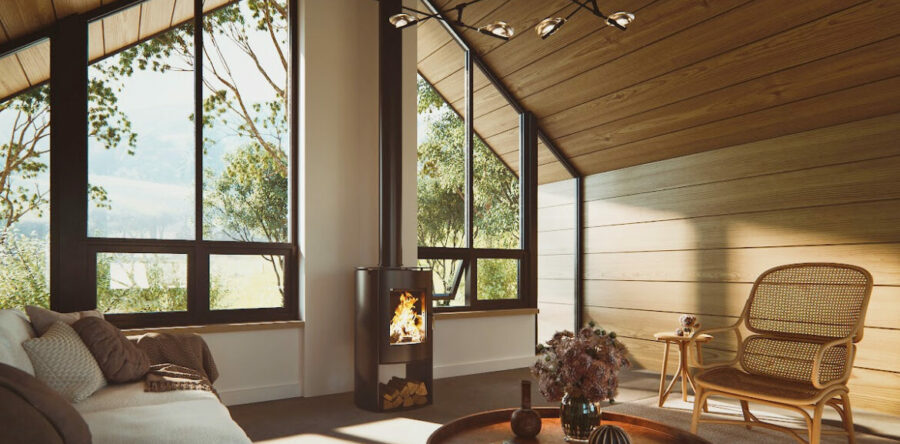
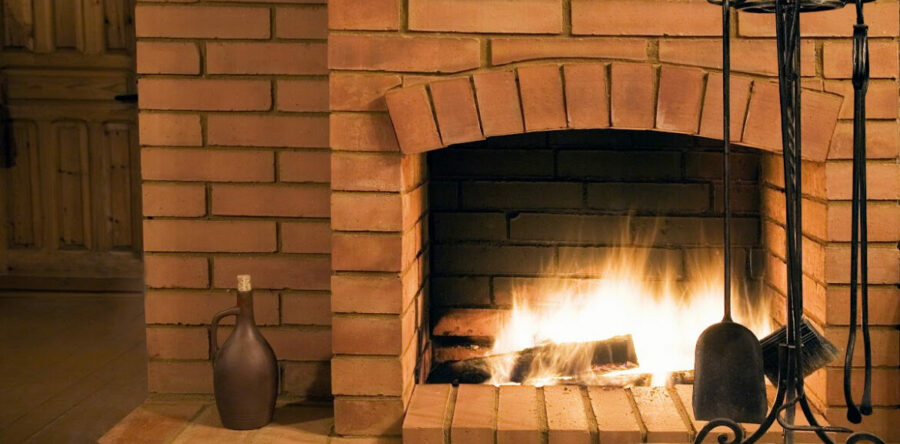
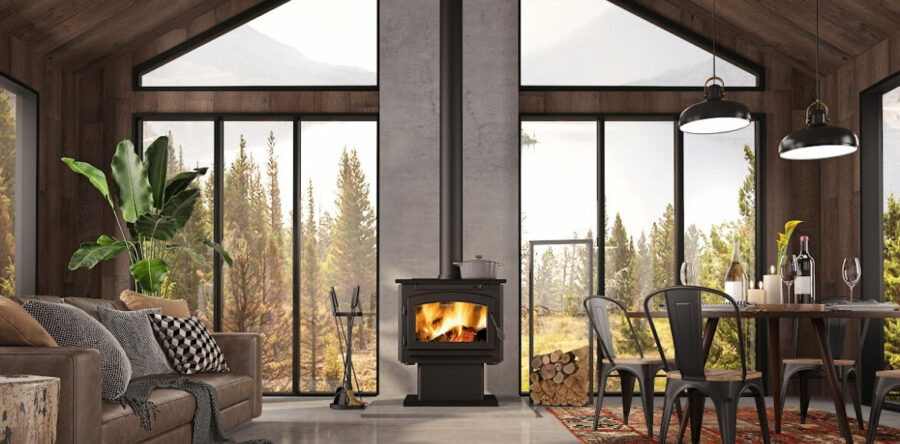
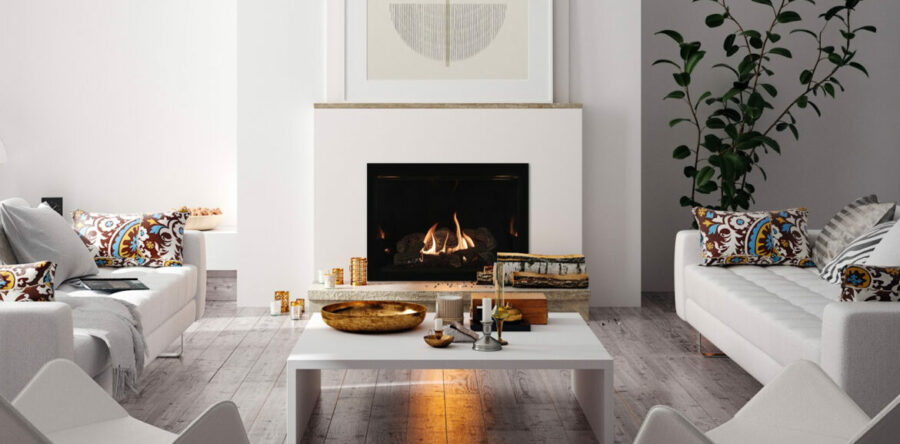
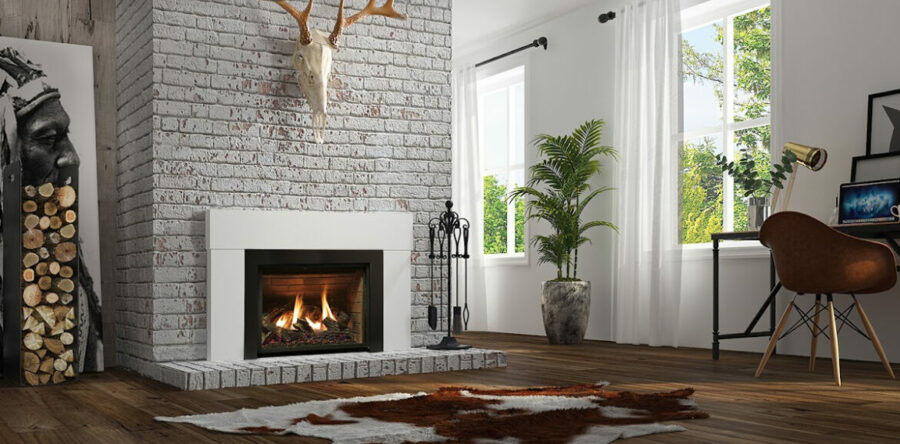
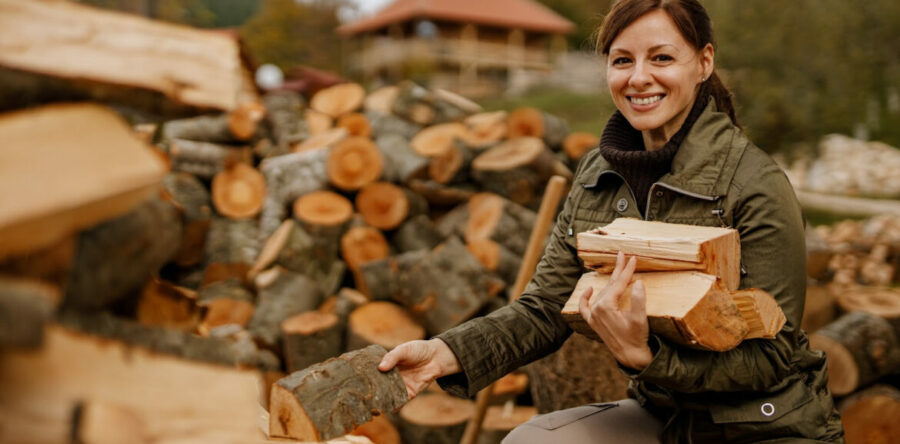

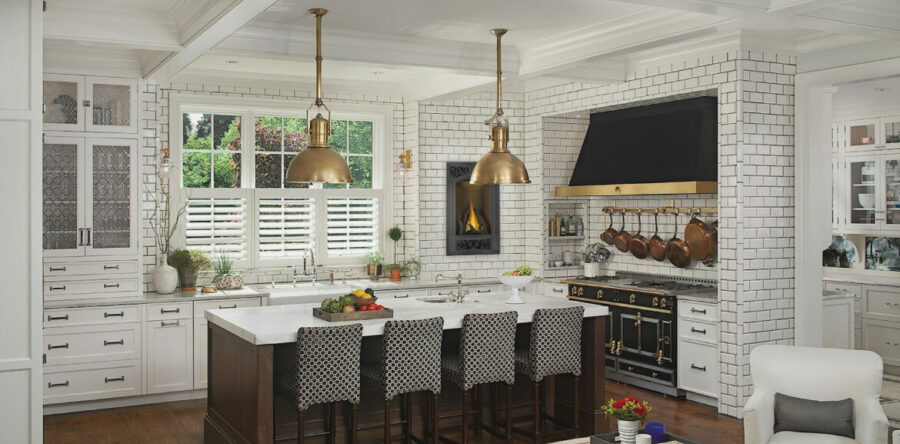
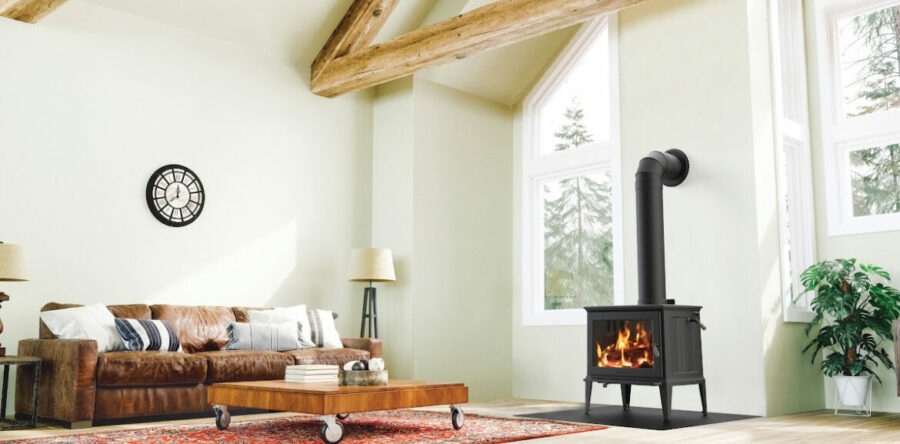
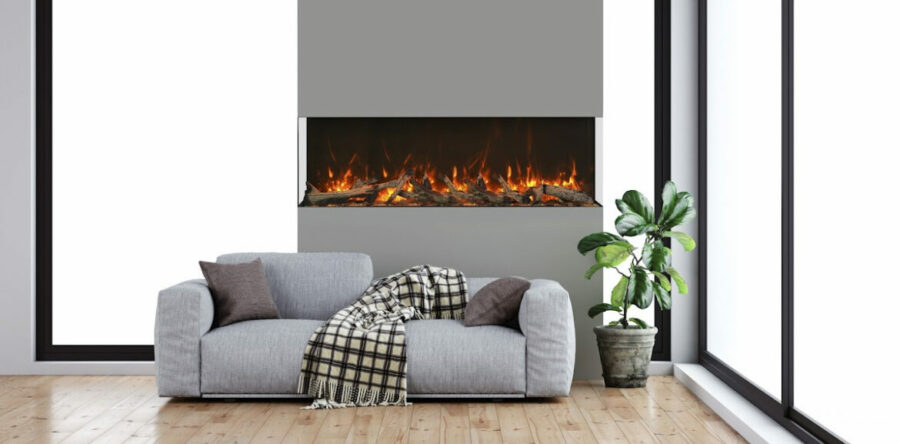
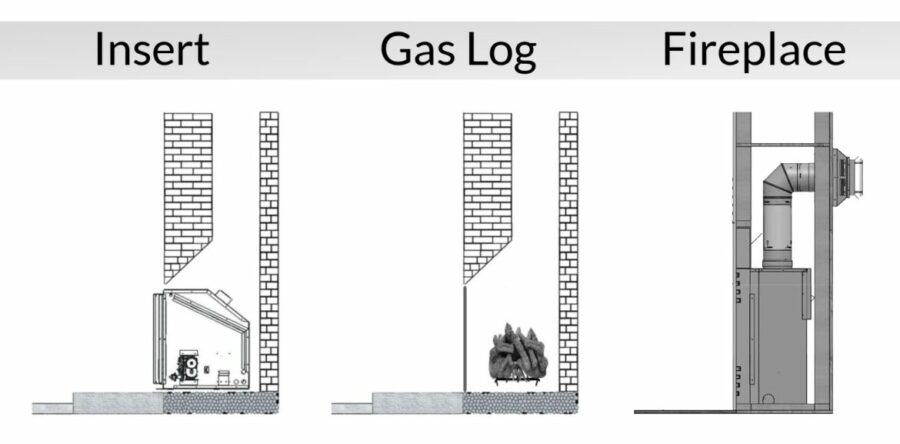
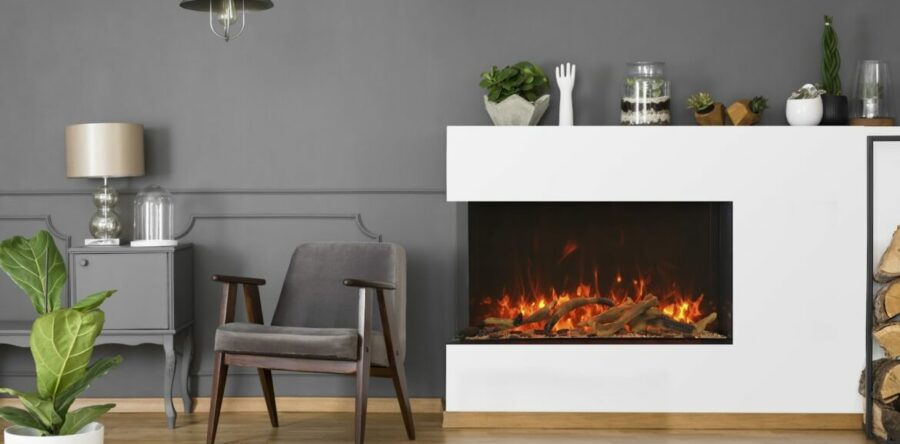

Whether you’re updating an existing fireplace or building a new one, a wood mantel adds character and charm. But safety is paramount! Learn essential clearances and DIY installation tips to ensure your wood mantel is both beautiful and safe for your gas or wood-burning fireplace.
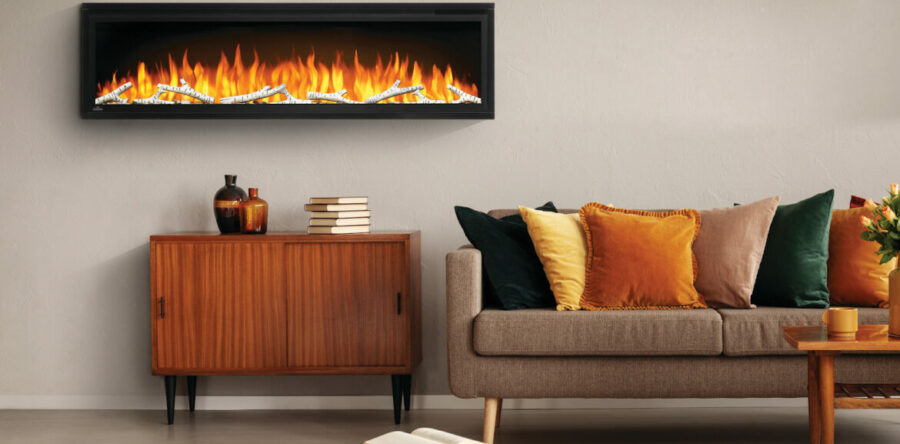
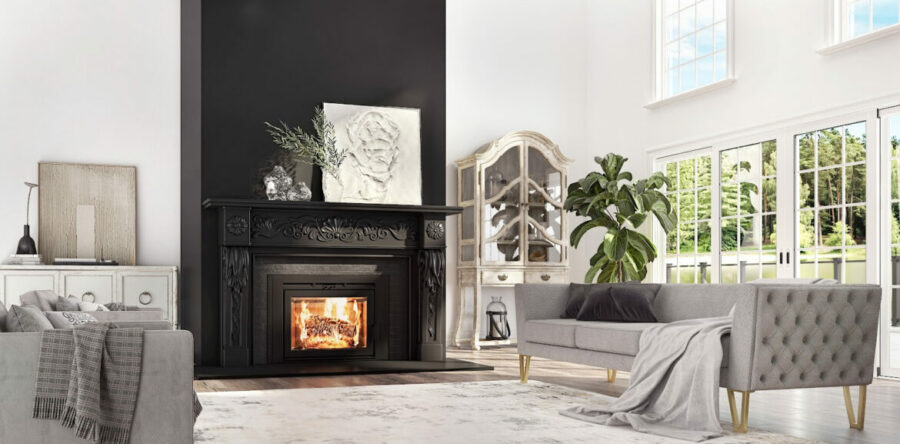
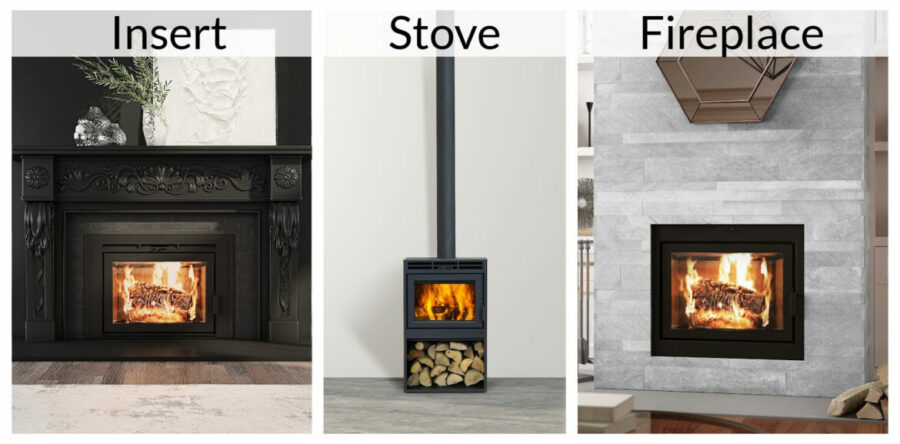
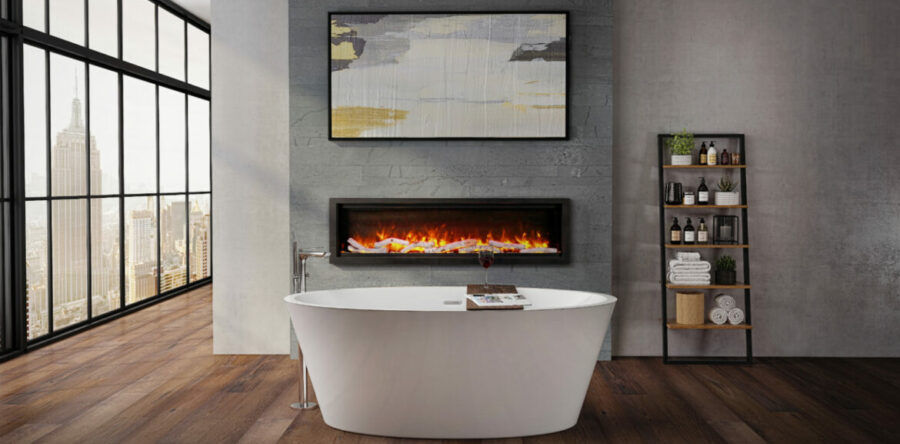
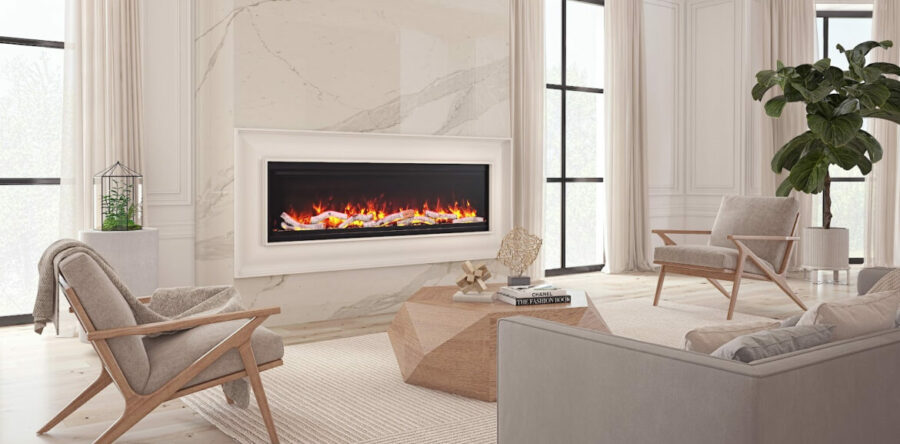
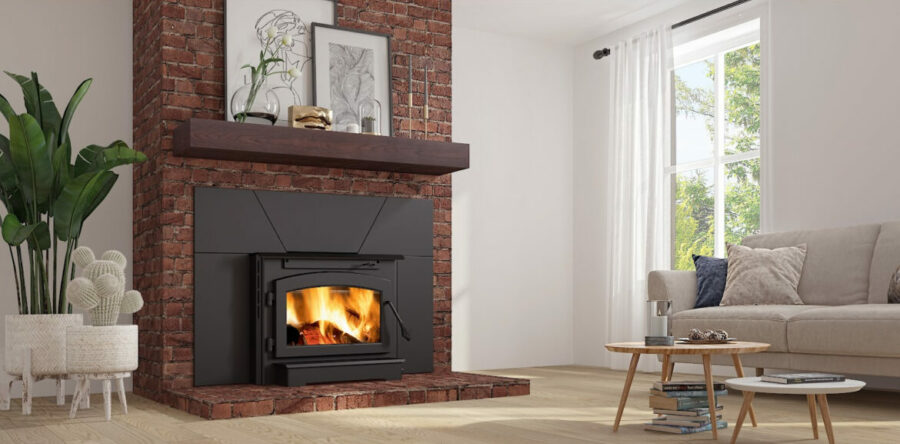

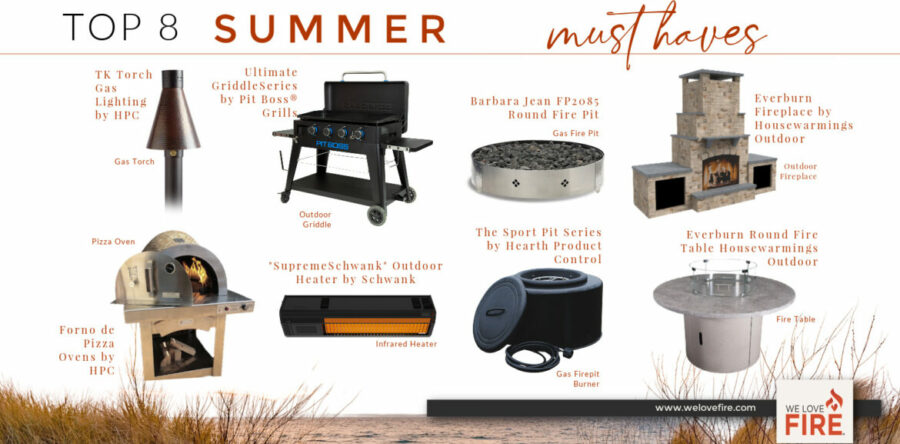
Top 8 Summer Products! We’re excited about these eight products. After reading about them and seeing them in action, we have a hunch you will be too!

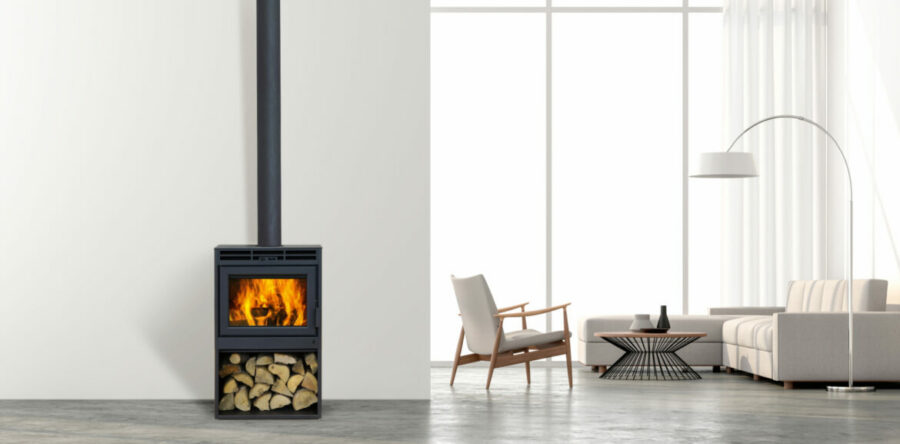
Your new fireplace is installed and you can’t wait to feel it’s heat, but wait! Is there a procedure to follow before enjoying your new wood burning or gas stove? Yes! Read here how to break-in your brand new stove!
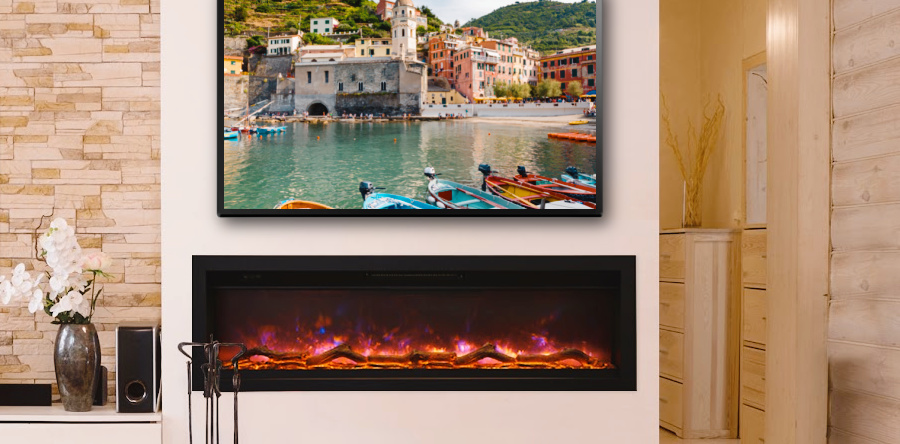
Will heat from the fireplace damage your TV? Do manufacturers approve such installations? Read this article for the answers!
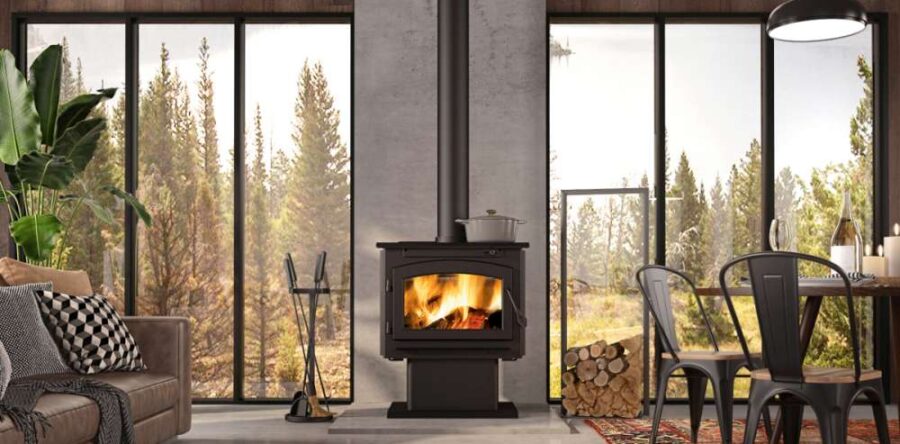
Heat from a wood burning fireplace is so comforting and brings cozyness to a home. To make this heating method a little easier, here is some tool advice for you.
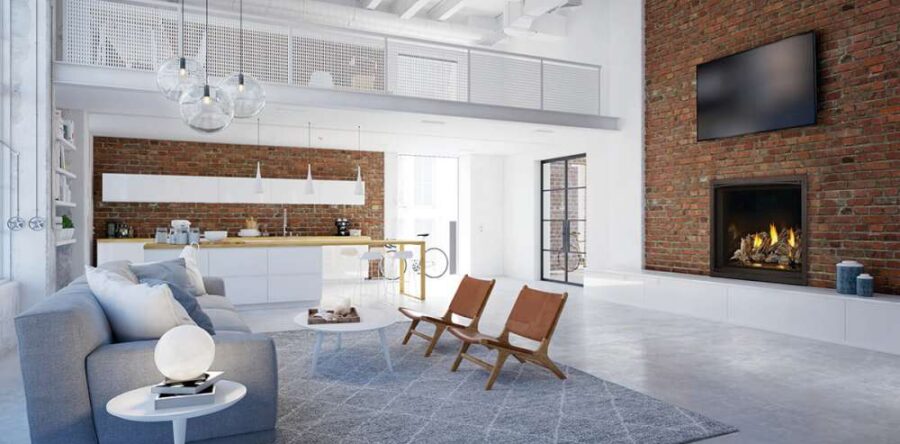
Breaking your fireplace glass is something we definitely want to avoid. But why does a stove or fireplace glass break? You can read here why it may happen and how to keep it from happening!

Are you scared to cause a house fire if you operate your fireplace? Do not fear your gas or wood stove anymore! Here is the information you need to be confident using your fireplace.
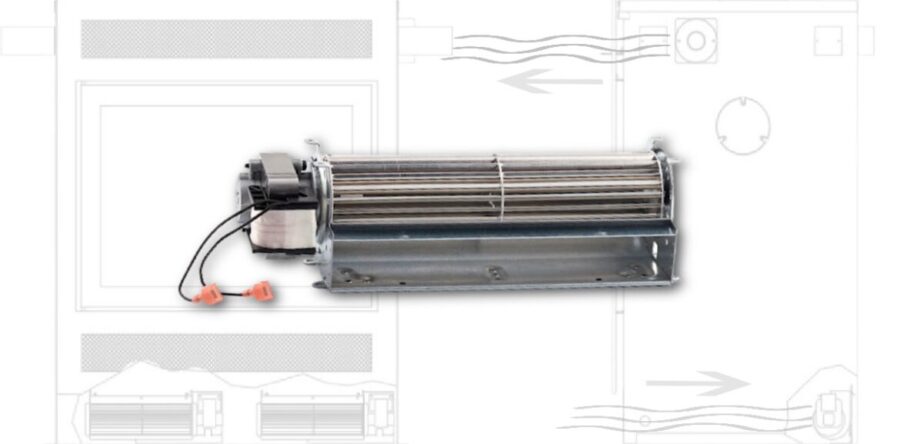
How essential is a blower on my fireplace or stove? Does it provide more heat? Are they noisy? These are common questions. For the answer to these and others, keep reading!
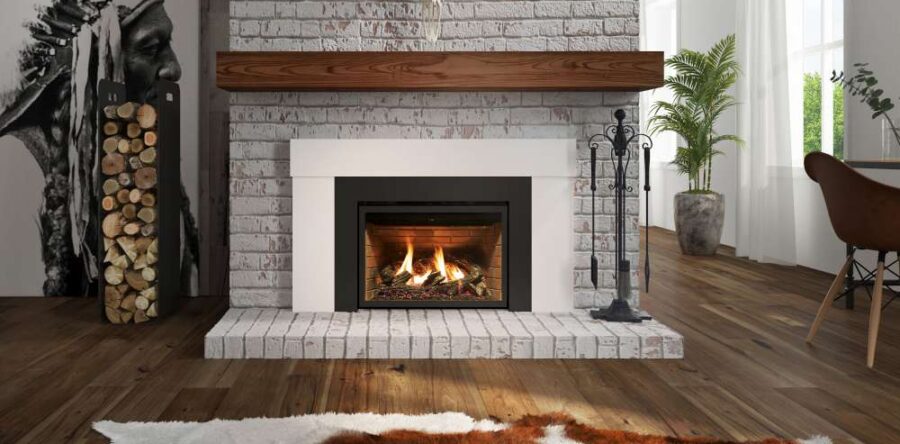
This article will give you a better understanding of how an insert functions and the benefits of installing one in your home.
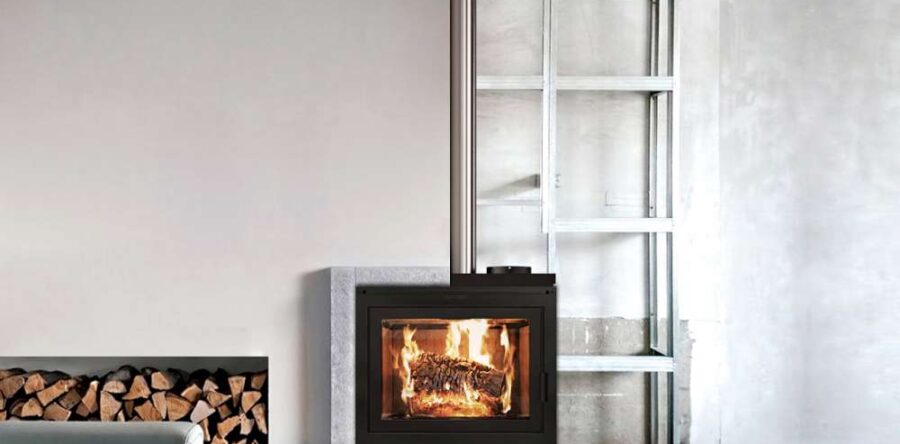
Come and see what there is to consider when you plan on installing your fireplace yourself and what steps to take to complete your project.
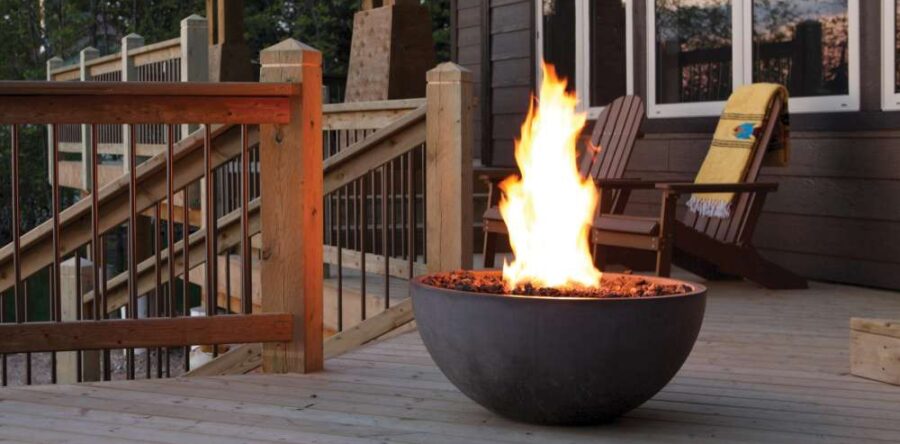
With colder weather, comes a few more items on your “to do” list. But no worries! Here are our tips for your outdoor fire features maintenance before winter.
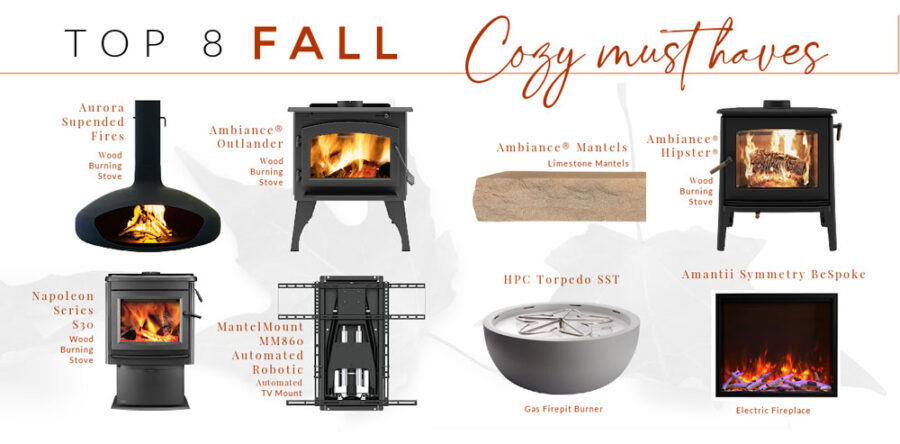
The WE LOVE FIRE dealer network has put together this summary of our top eight products picks. Understand that these are not our top eight most popular items or our best sellers, but eight of the most interesting and innovative products available from your WE LOVE FIRE dealer. All these products are designed to make your life more pleasant, a bit easier and definitely more enjoyable.
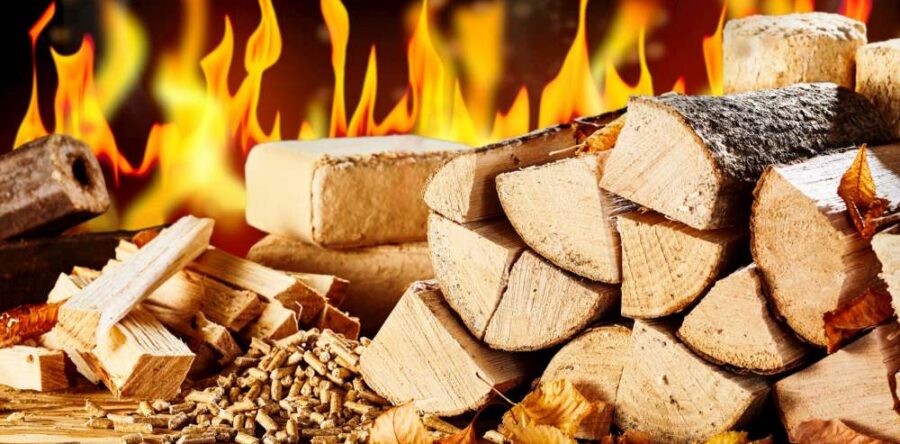
When it come to heat, everybody has their preference in terms of fuel. But other factors are to be considered before making the final decision. This article will help you by giving you some questions to ask yourself.
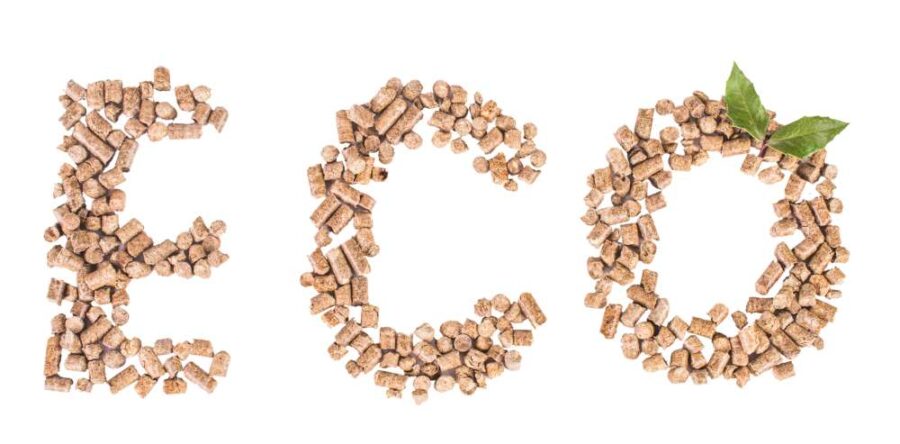
Want to know why using wood pellets is a good thing? Why is it a choice you really should consider? This article will help you understand more about wood pellets and see if it’s the right fit for you!
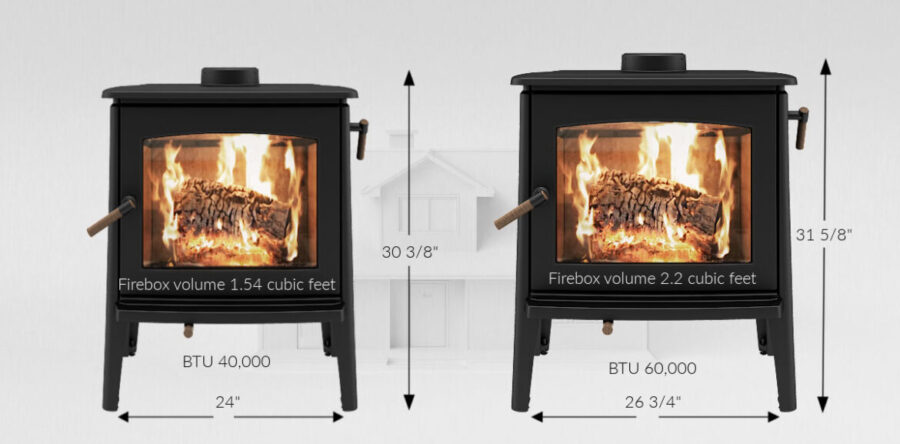
Selecting the good fireplace for your home can be very confusing. This article will take a practical look at several criteria that should be considered before making a final decision on the size and type of fireplace to use.
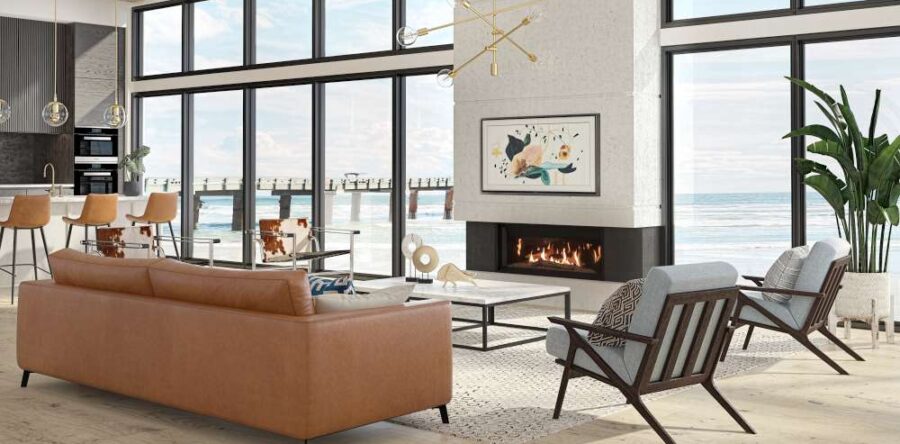
You might be considering a gas fireplace for your home but wonder if it’s complicated to operate or if it’s expensive? Let’s answer to these questions and see how exactly works a gas fireplace!
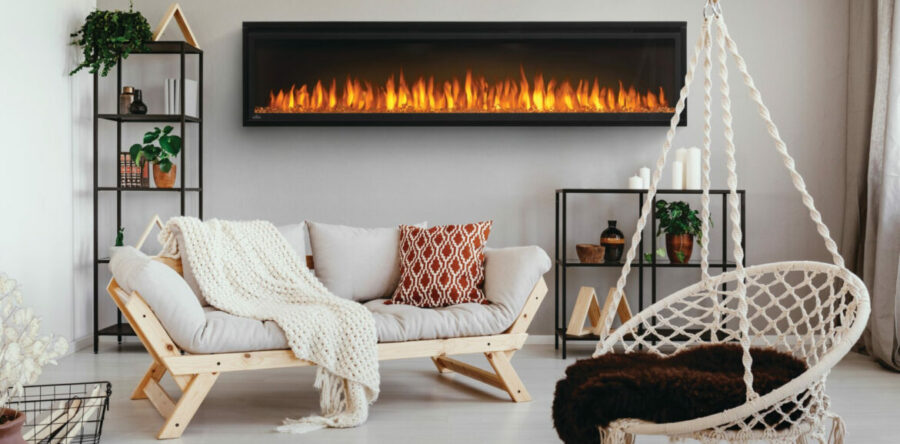
Learn about electric fireplace costs, heat output, versatility, and simplicity with guidance from your WE LOVE FIRE expert.
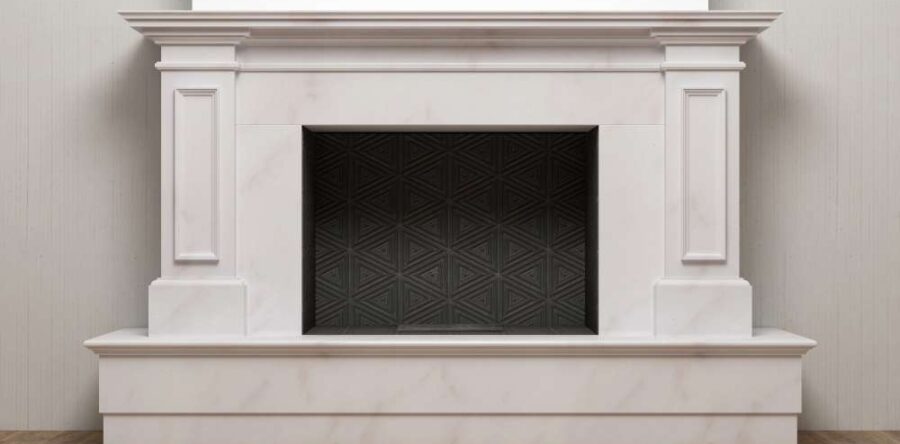
Choose from wood, gas, pellets, or electric based on convenience, style, budget and your needs. Your WE LOVE FIRE expert guides you.

For a safe home, it’s very important to deal with a professional when it comes to fire and heating your home. Let us help you figure out the professional certifications out there for hearth industry.

You have a nice old fireplace but you’d like to know how you can use it to heat the room more efficiently! How you can best utilize an old chimney? See your options here!
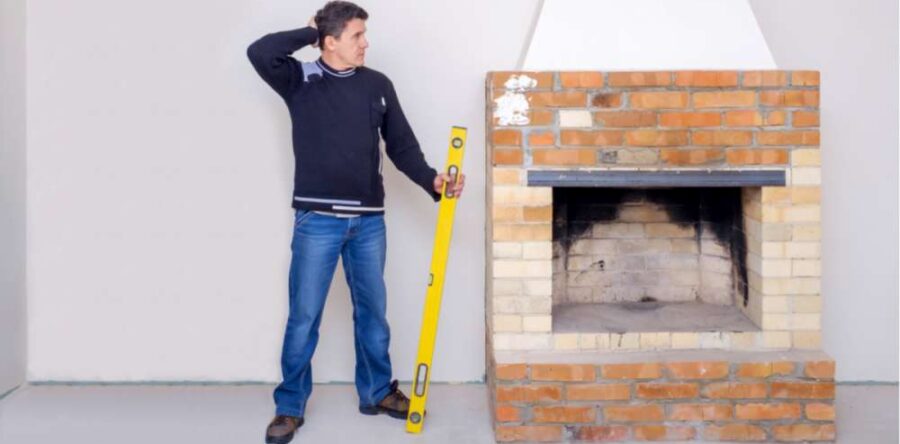
What can I do with my old fireplace? Can I save my chimney repairing it? Here is some help answering these questions!
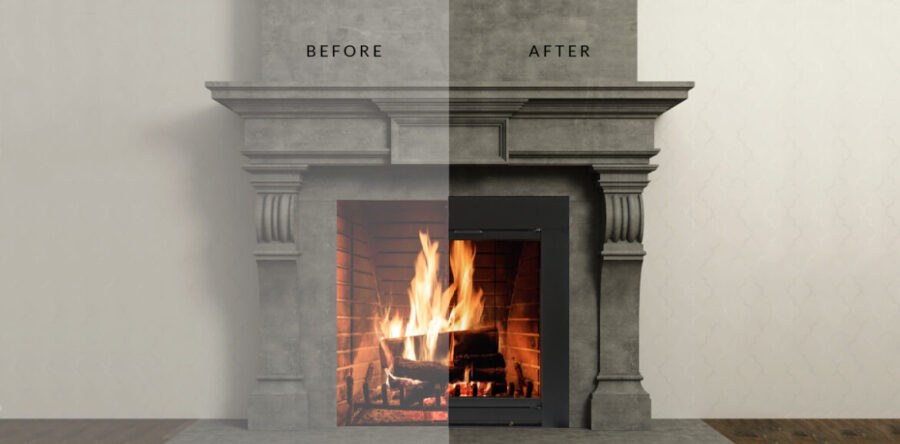
Should I add doors to my fireplace? What difference does it make? Read what you should consider here!
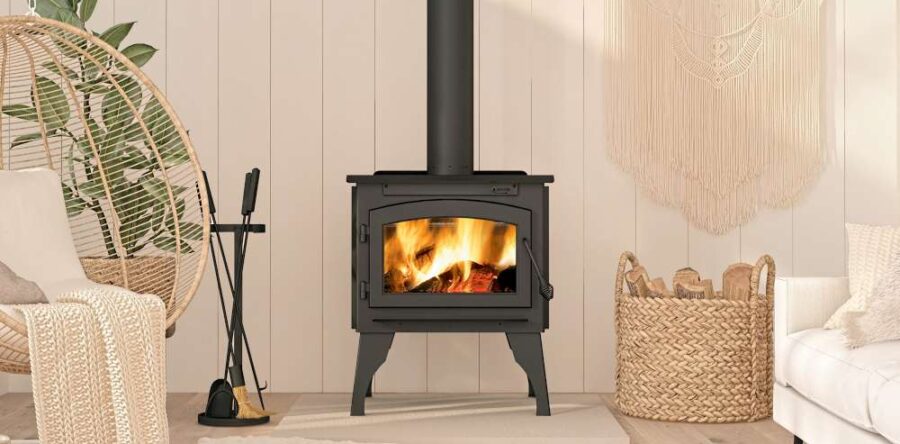
Maybe you already know that a chimney plays a big role in the efficiency and safety of a wood or gas fireplace but you wonder how exactly! Let us explain!
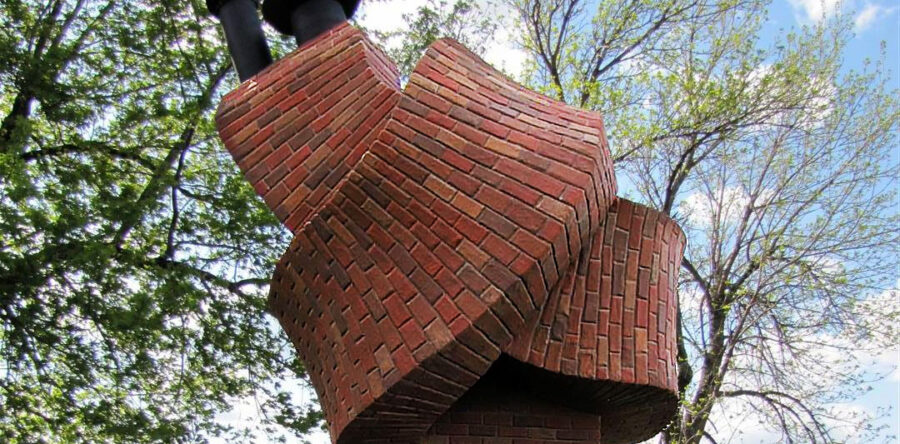
You are dealing with a weirdly placed fireplace? Or you found the perfect spot for you new fireplace but you would have to angle the chimney flue for it? Let’s see together what you have to consider and if you can angle a chimney flue.
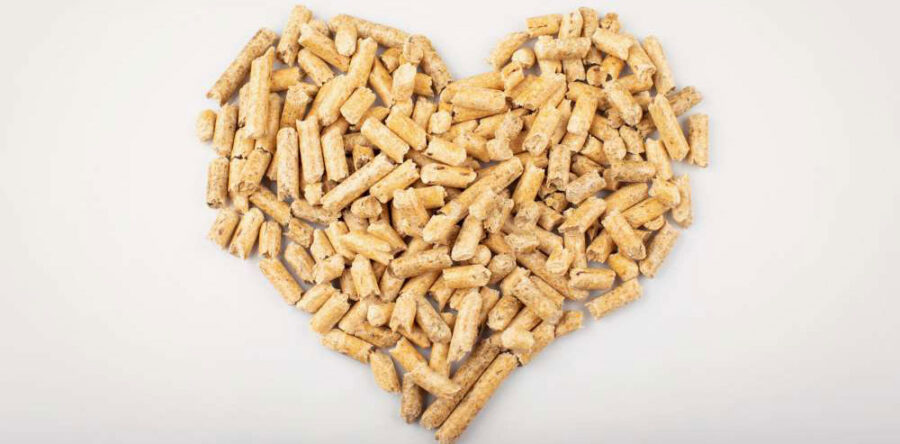
What are the benefits of heating with pellets? You have heard of wood pellets and you are wondering if it’s for you? Let’s see why it really is an option to consider!
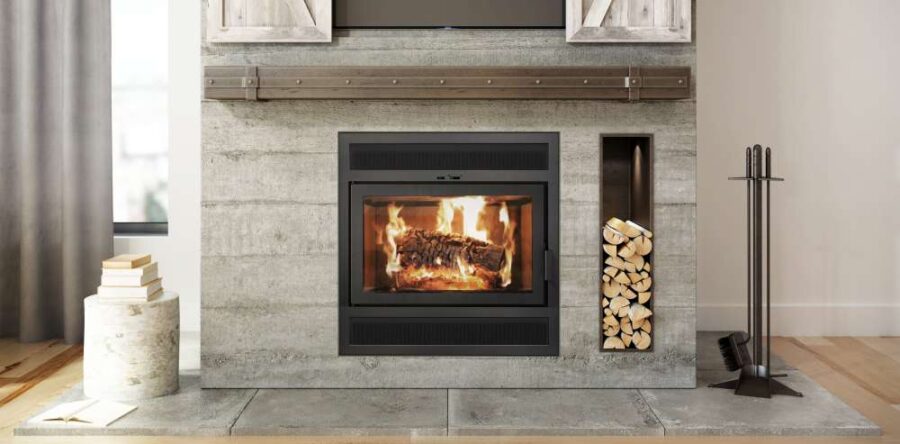
You have been thinking of fireplace in your home for a while and now you are ready to buy one. But who should you hire to install your new fireplace? Or maybe you ask yourself “Can I install my fireplace myself?”. This article will help you clear things up and guide you to make a wise choice!
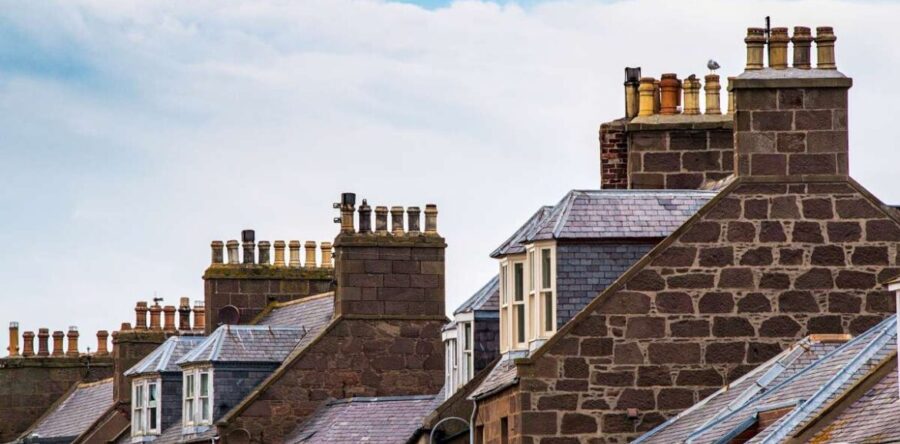
Cleaning the chimney! We know it has to be done but is it worth it to hire for that? Or on the contrary, is it worth it to do it yourself? Let us give you the information to make the decision and understand the process!
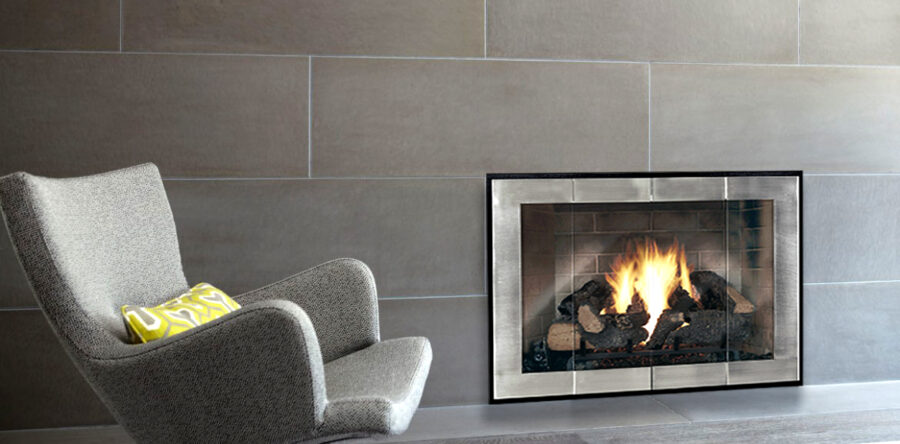
Updating your fireplace doors is a sensible project. We will explain how to identify what type of fireplace and how to measure for a new set of fireplace doors.
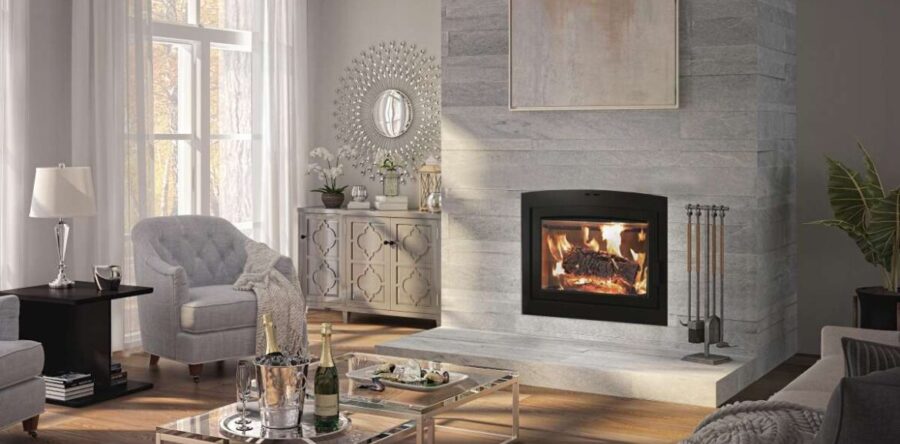
There are a few reasons why a draft may be difficult to establish in your wood burning fireplace or stove. Our hope is this article will provide some insight and relieve that frustration.
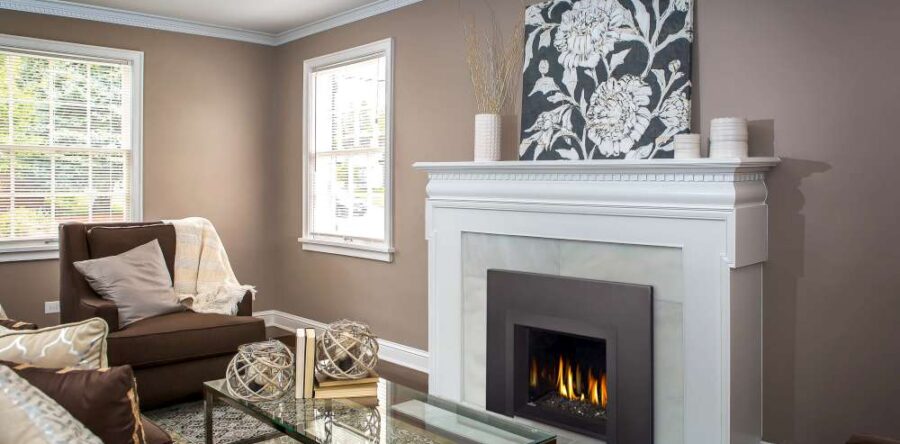
Are you thinking of having a gas fireplace insert installed? Learn more about the installation process, performance, maintenance, and more!
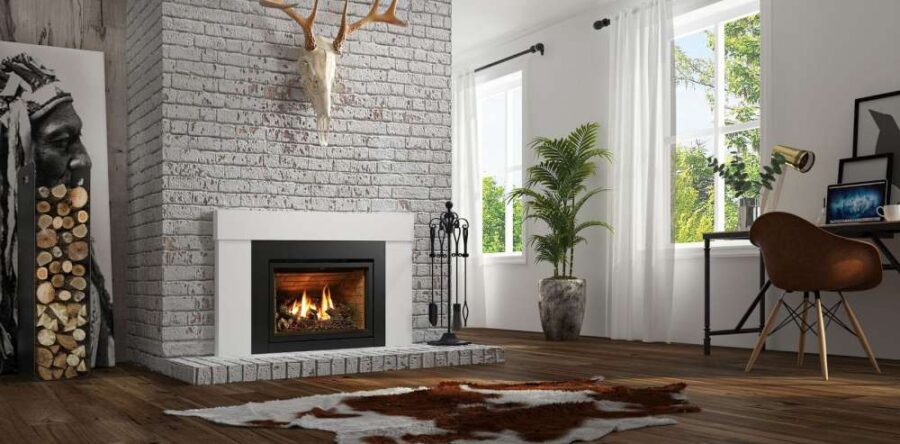
Gas inserts and a set of gas logs are not the same product. There are certain applications where an insert is the best and other applications will dictate which one of the two types of gas logs might work best.
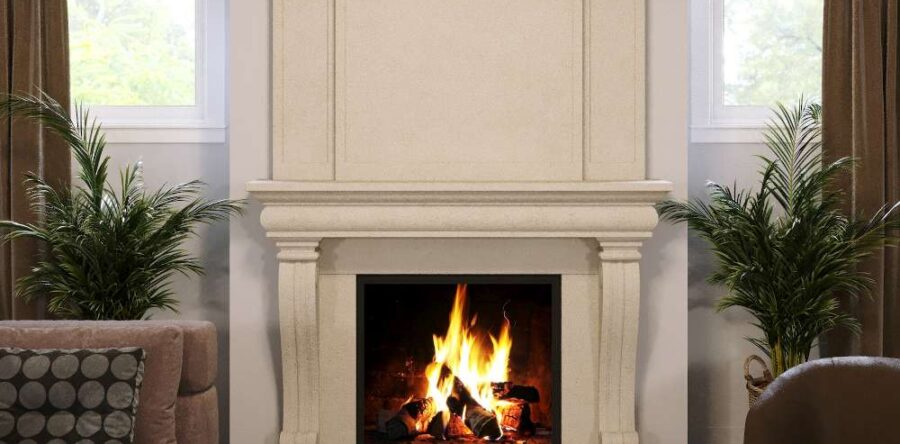
If you are planning to install a fireplace in your home, you will have many options regarding the mantel and the hearth. And, it’s a safe bet that you will be living with the decisions you make for a long time. Here are items you will want to give special attention to in order to make that new fireplace the focal point of your home.
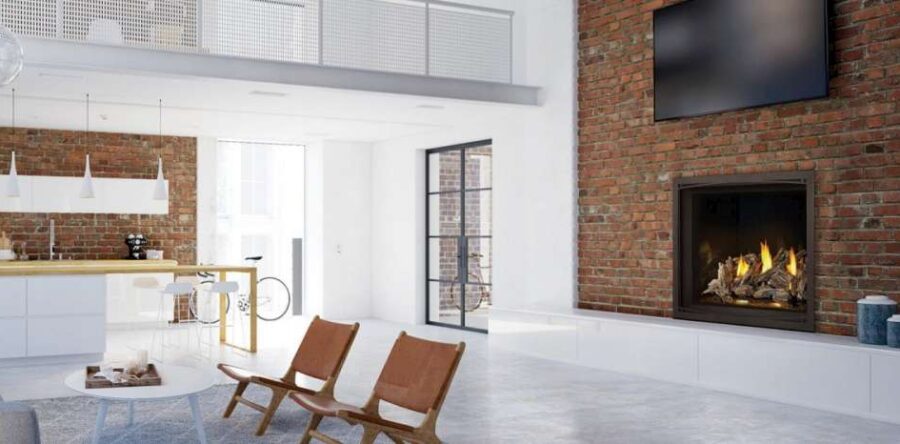
If a gas fireplace is in your plans, here are several considerations to keep in mind when planning to remodel or build.

Whether it’s gas, wood, electric or pellets, here’s a few points to ponder and suggestions for adding a hearth appliance downstairs in your home.
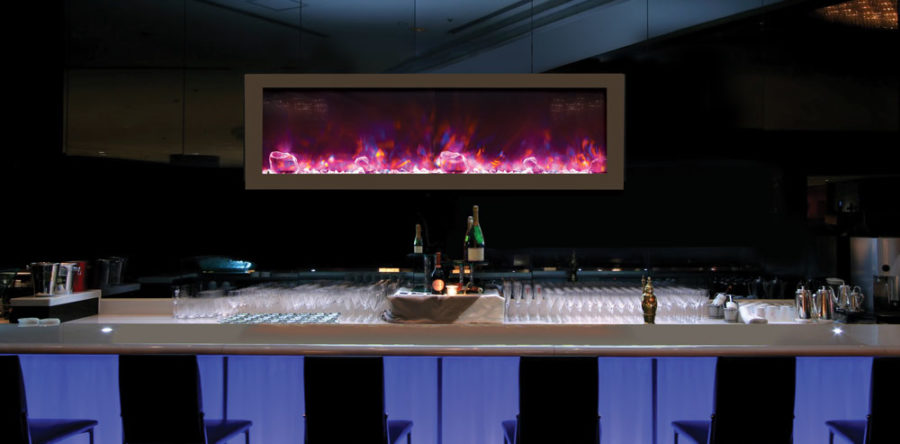
Your WE LOVE FIRE expert gets this question quite often. Here are the top ten reasons an electric fireplace (or two or three) is going to add value, atmosphere, and a touch of class to your home.
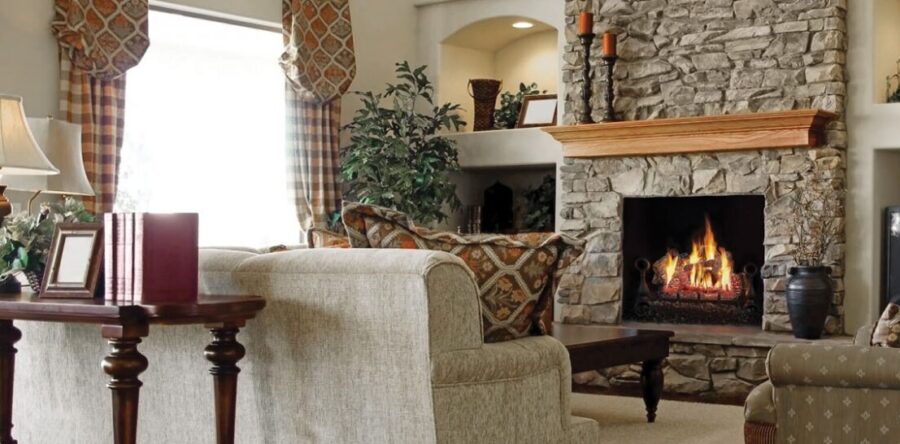
Fireplaces that have not been used in years can be resurrected and enjoyed nightly by you and your family. There are hundreds of old, outdated, inefficient wood burning fireplaces in this area that would be terrific candidates for a gas insert. Is yours one of them?
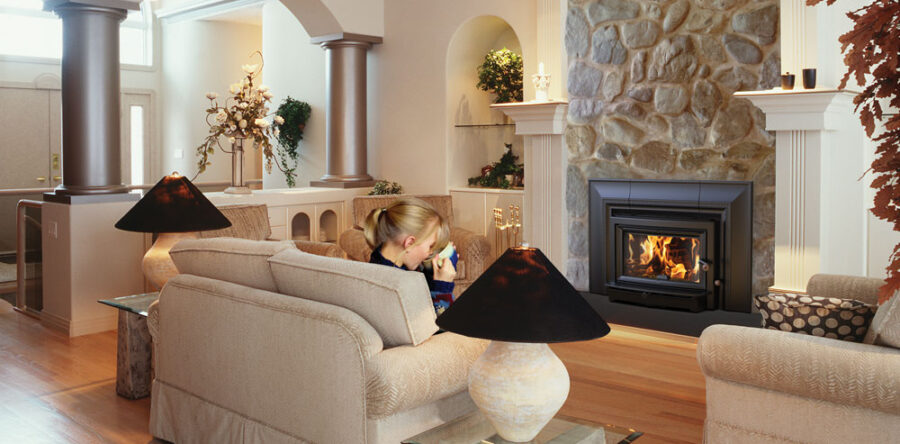
Does your fireplace seem to be missing something or look a little blahzay? Maybe it needs something unique, a touch of class to have it reflect your life style. What are some options that I can consider that would spiff up my fireplace?
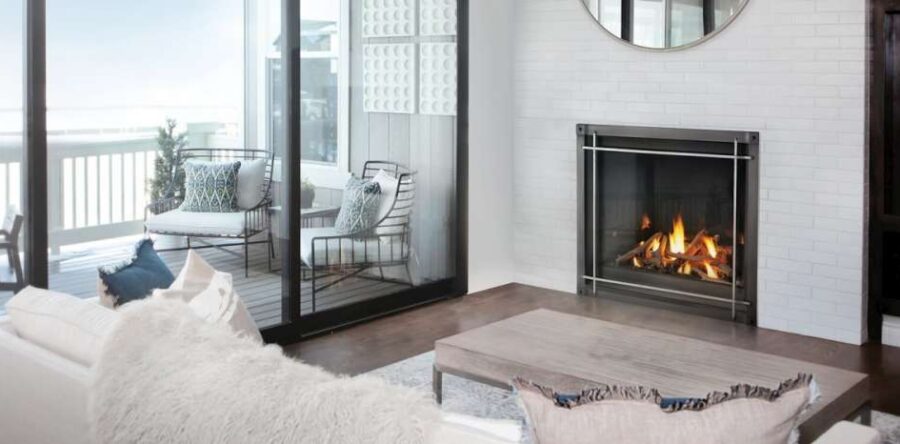
If you’re planning to add a gas fireplace to your home, we can help with some insight and can help explain why the best values in the fireplace industry are at your WE LOVE FIRE dealer!
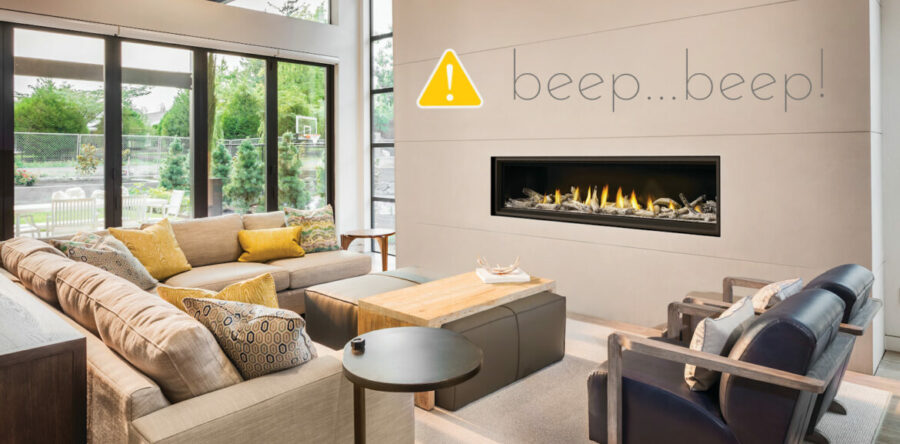
You really enjoy your gas fireplace and what it adds to your home . . . . the wonderful heat from it, the dancing flames and glowing embers and especially how easy it is to use. But suddenly, it’s making an odd, beeping noise.
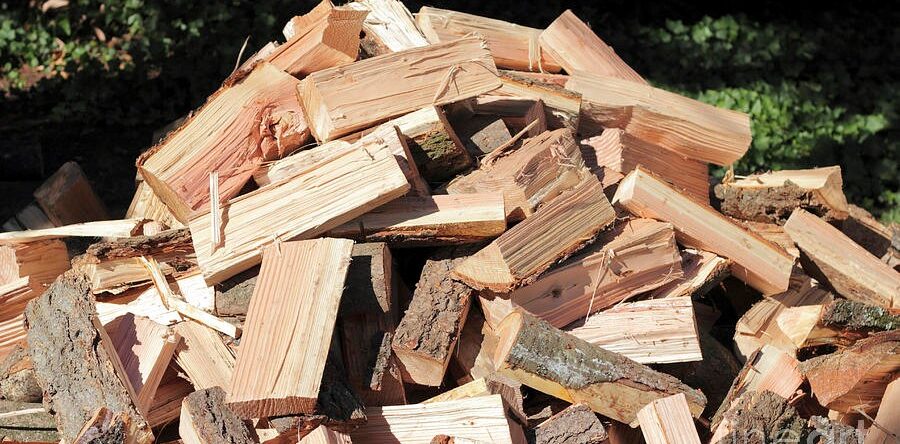
This is a frequent question that can cause a spirited conversation around a fire. Everyone knows that hardwoods are the best, right? Do softwoods have a place? Is there a “best” wood to burn? Yes, there is! Keep reading to find out what it is!
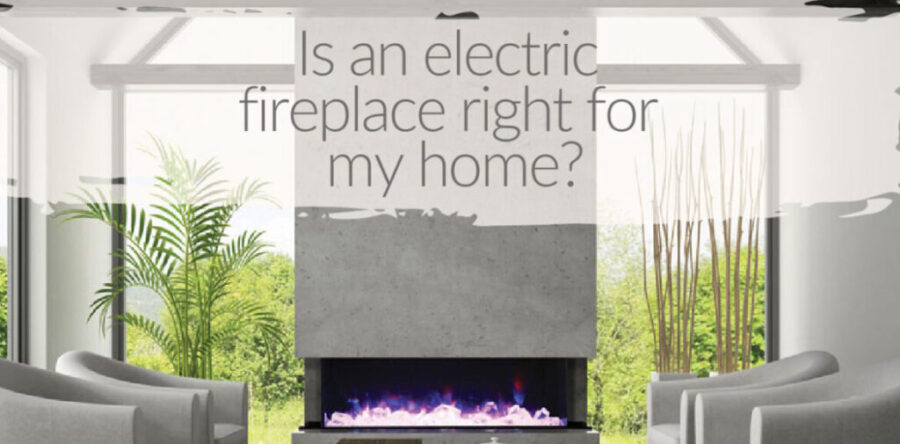
Electric fireplaces are more popular than ever. They can be installed anywhere in your home. But can you count on them for much heat? If your expectations for an electric fireplace are to heat a 2000 – 3000 square foot home, you may want to keep reading.
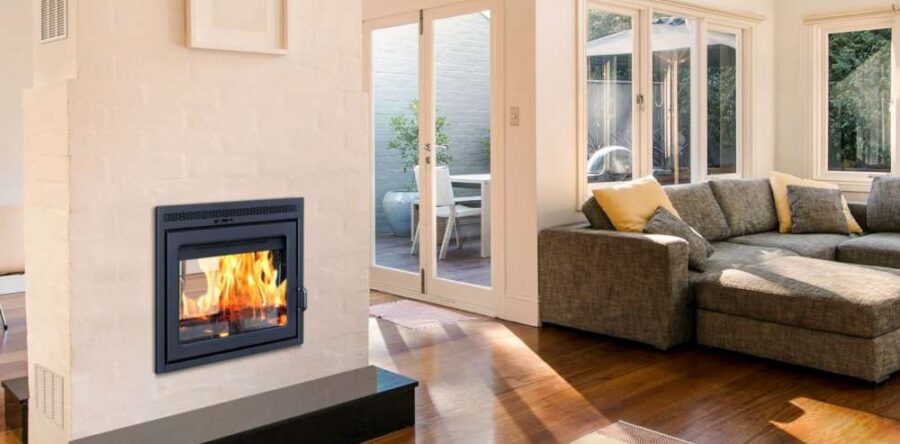
The difference in the air pressure in your house and the outdoors can be negative or positive. Neither is particularly beneficial. Let’s discuss negative air pressure as it relates to your home and specifically to your fireplace. Keep reading to see why this subject is important.
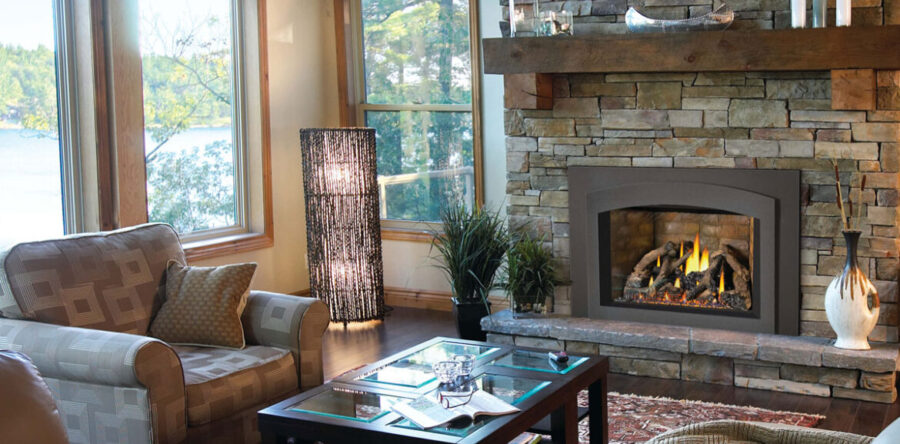
There are a few reasons for considering removing a fireplace. Can it be done? How practical would it be to do so? Is it expensive? Are there any cost effective alternatives? Let’s try to help you determine if removing a fireplace is a project you should be contemplating.
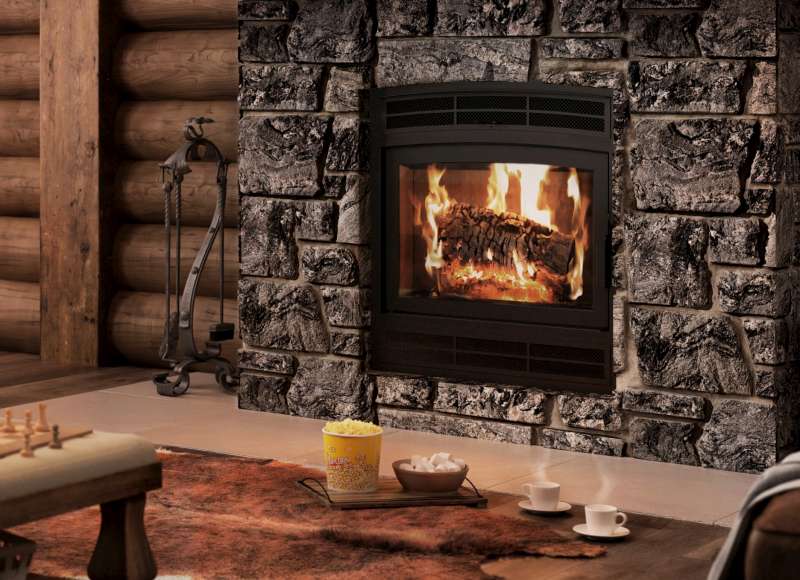
You burn wood in a fireplace, stove or insert. And you want to use the best wood you can for keeping your family comfortable. Different wood species are found in different areas of the country. Everyone knows that hardwoods are best for burning, right? Or . . . . are they?
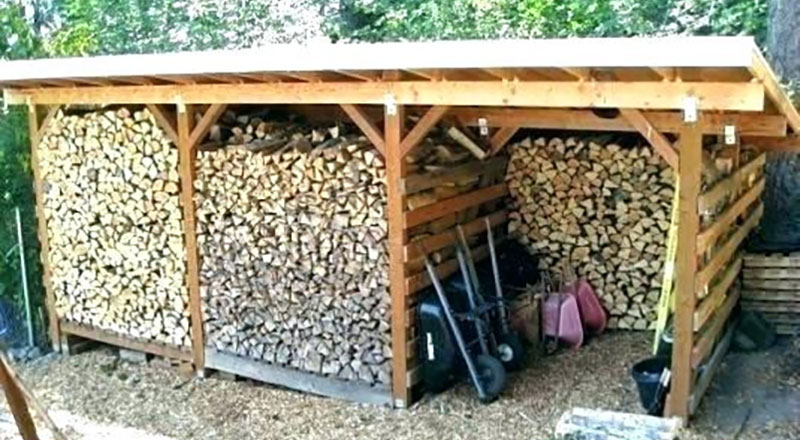
There are many homeowners who choose to clean their own chimneys. You burn wood and know the importance of cleaning the chimney. But how often should I clean it?
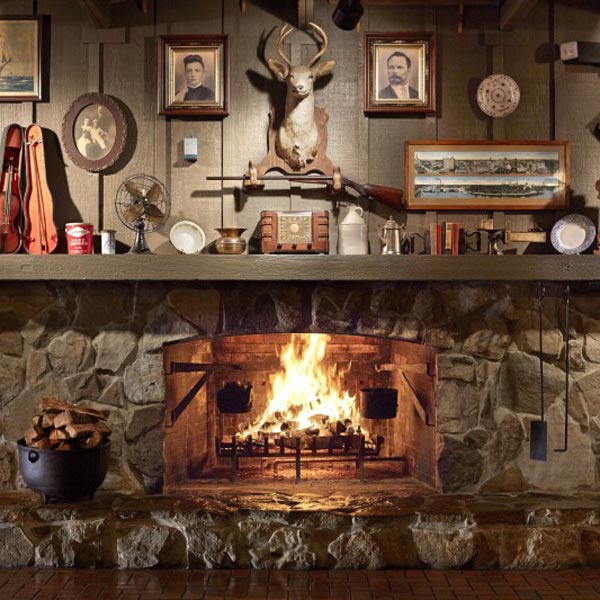
If you burn wood in a fireplace, you know the damper should be open before you get a fire going. But is halfway open good enough? Less heat will be lost up the chimney, right?
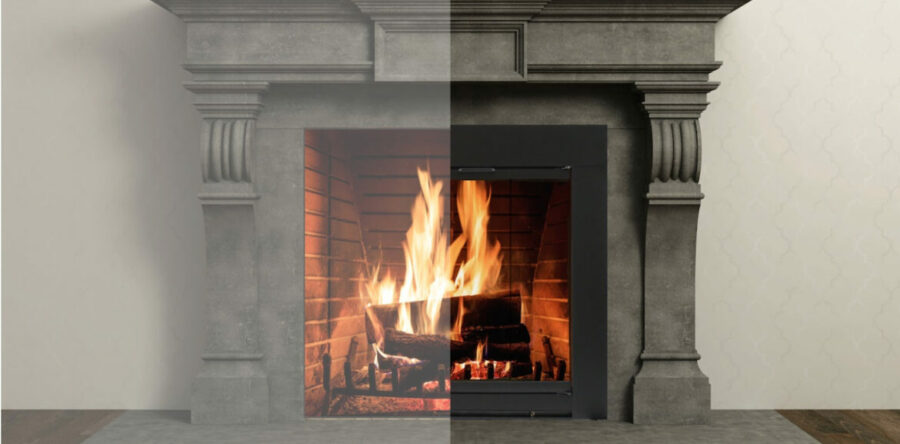
Glass doors are an important component of your wood burning fireplace, stove or insert. It’s important that you have an appropriate door. Here’s why.
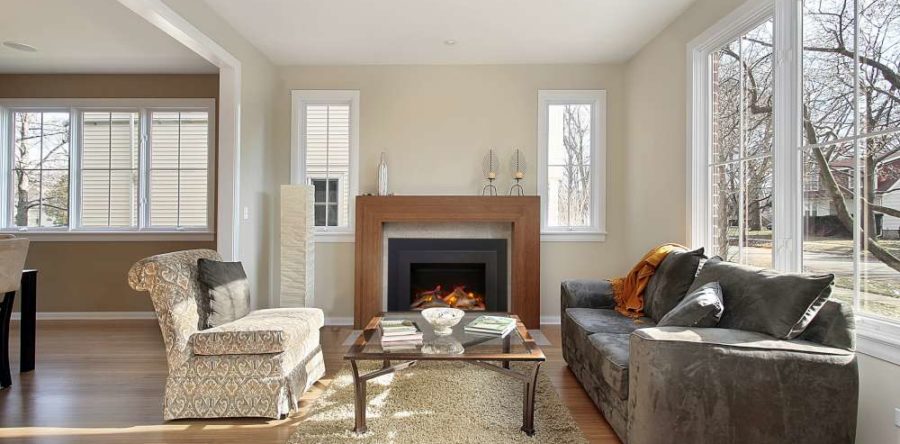
Ready to ditch your old wood-burning fireplace? It’s easier than you think! Electric inserts offer a mess-free, modern upgrade with incredible design options.
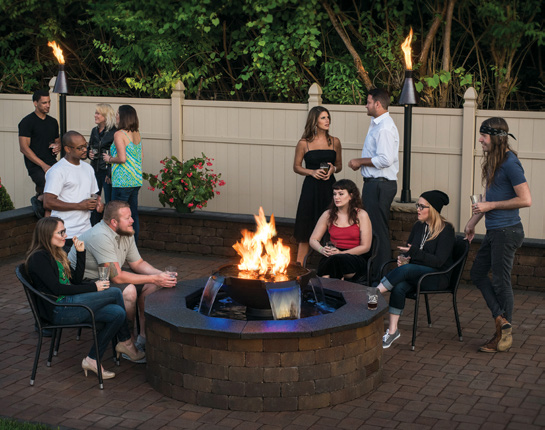
Owning a gas fire pit has many advantages. Learn more about how to choose the right fire pit for your outdoor space and turn your backyard into an oasis!
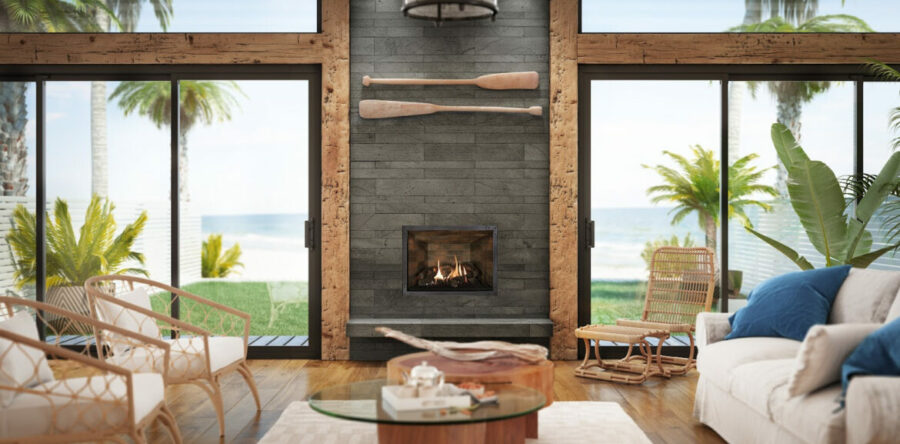
Many gas fireplaces, stoves and inserts operate with a standing pilot light. What does a pilot light actually do?
Poor fireplace heat output? Smoke woes? Unlock safe & cozy fires! Our guide reveals damper secrets & to keep your family warm. Read now!

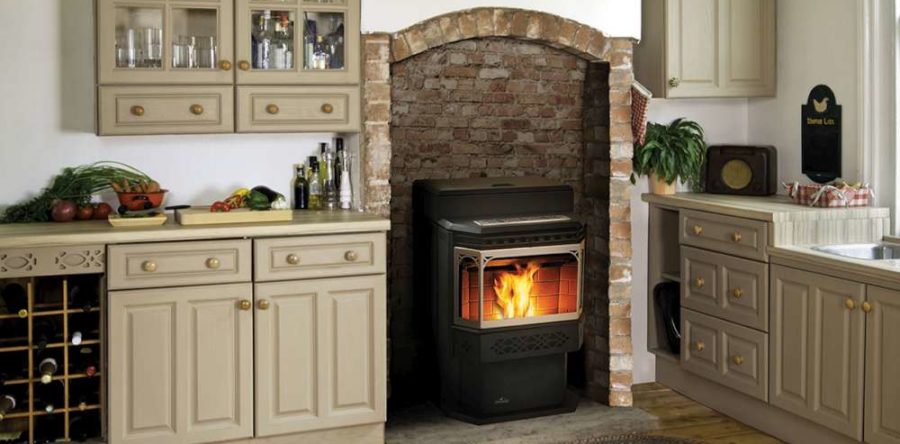
Did you know that a single pound of wood pellets produces around 8,000 BTUs of heat? So, how long will a 40 lb. bag last? The answer isn’t as straightforward as you might think. It depends heavily on your stove’s burn rate and heat setting. Let’s break it down…


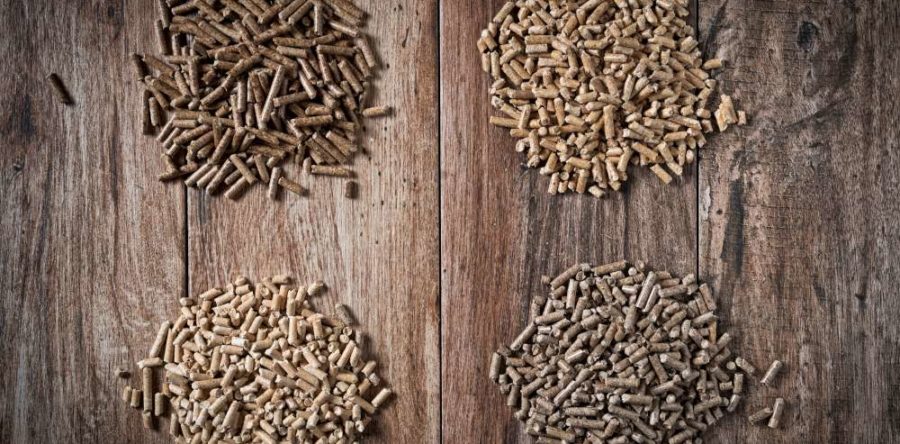
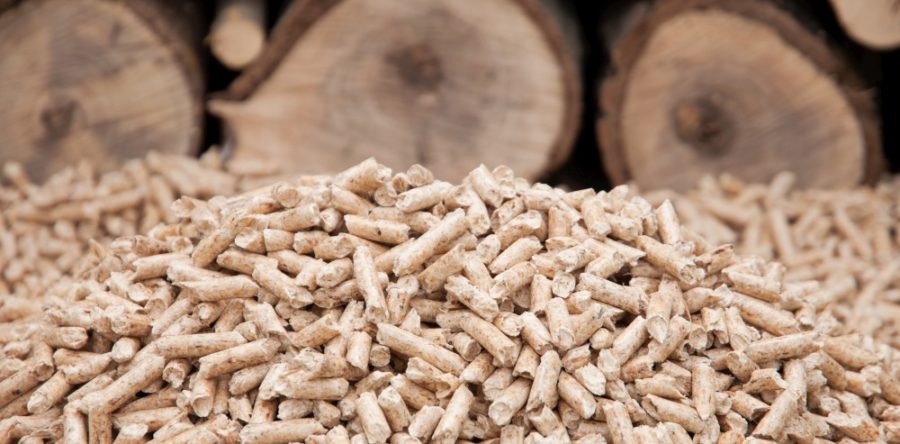

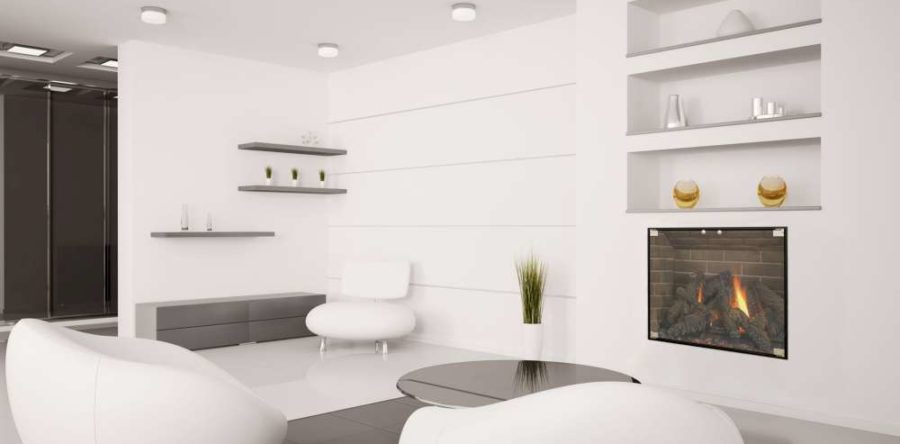
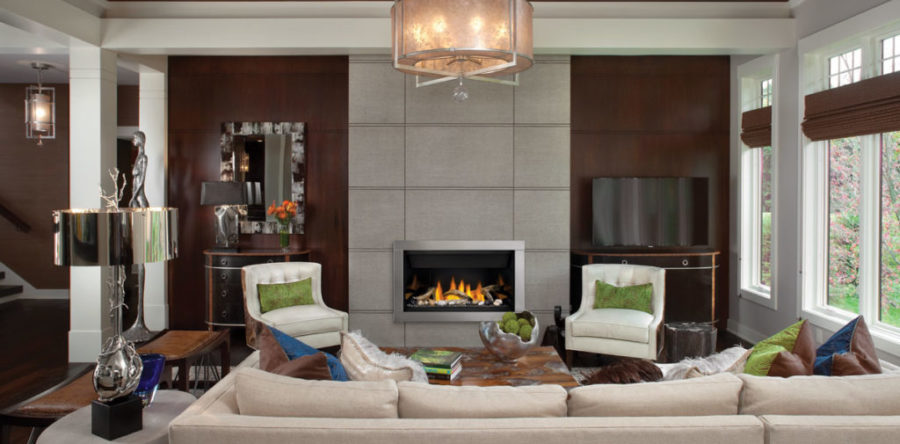
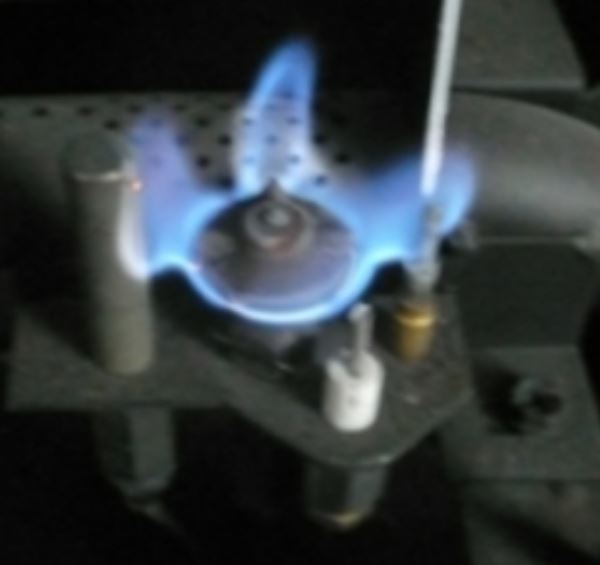


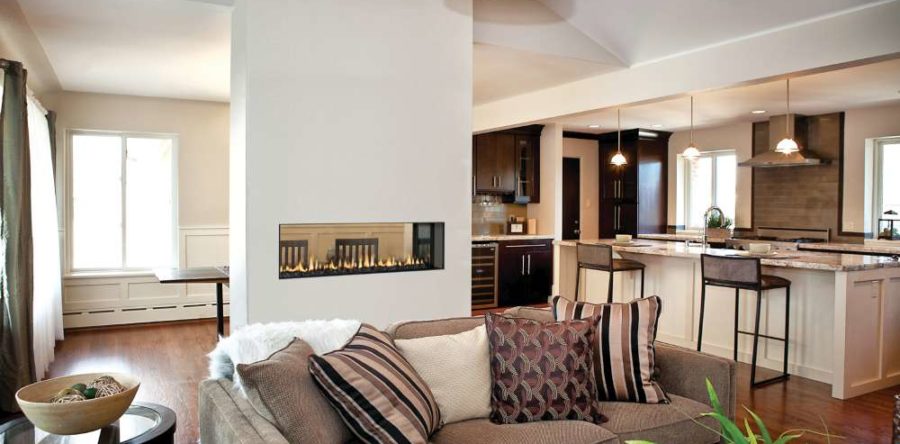
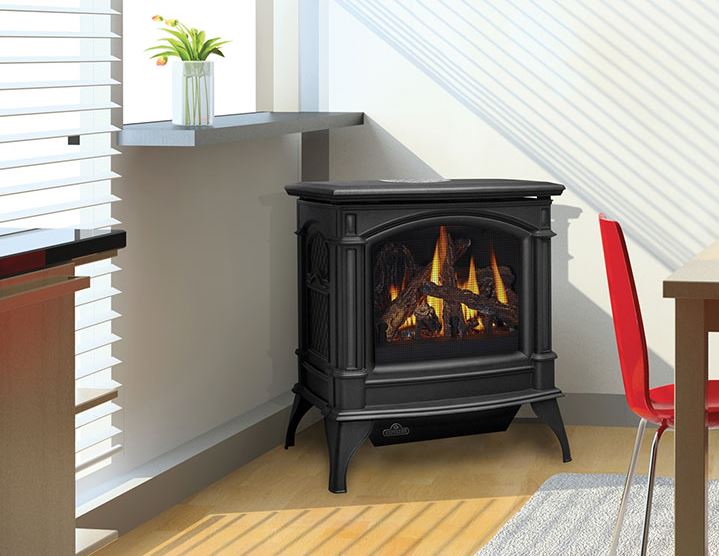
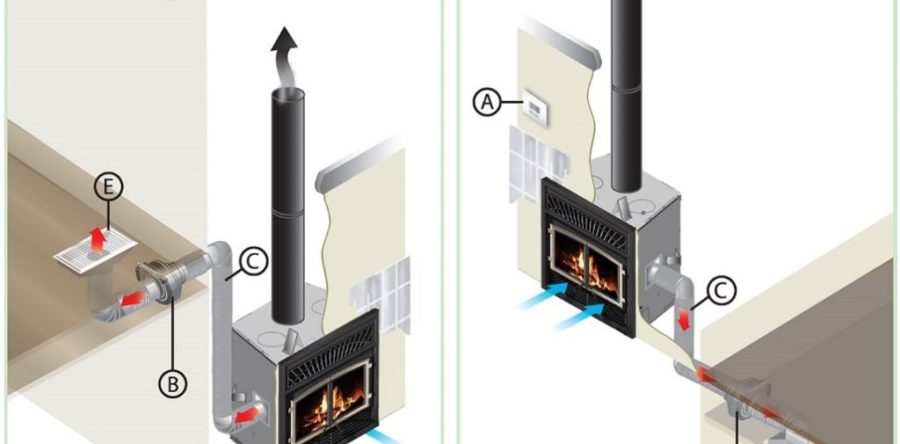
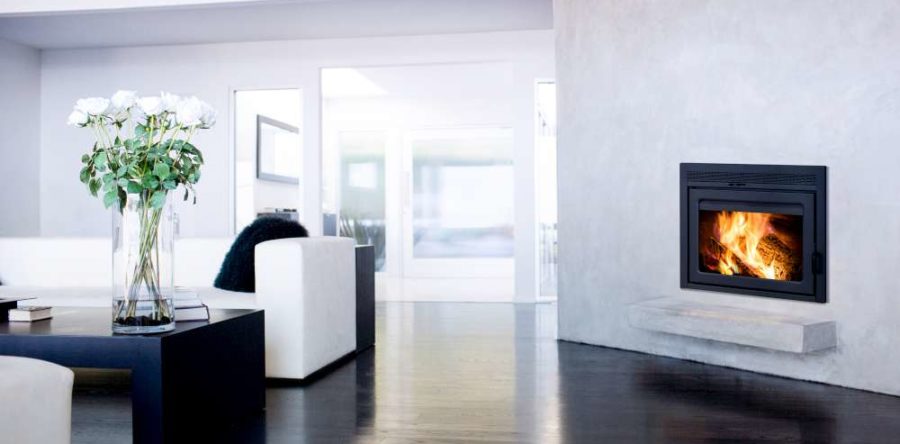
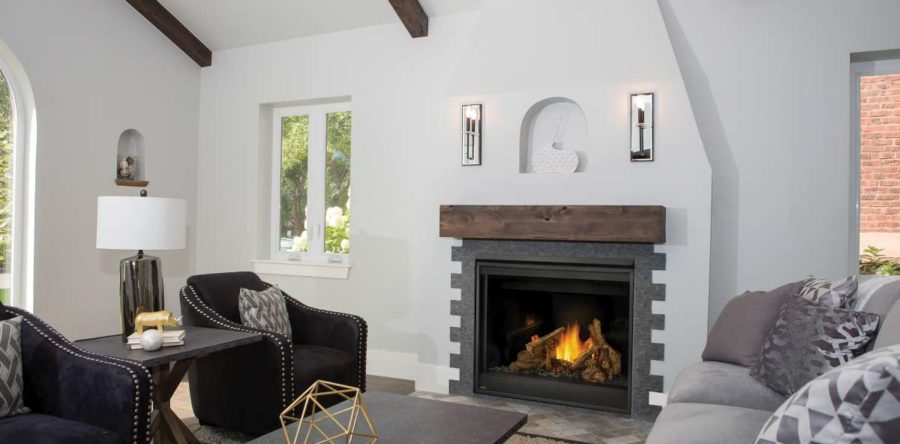
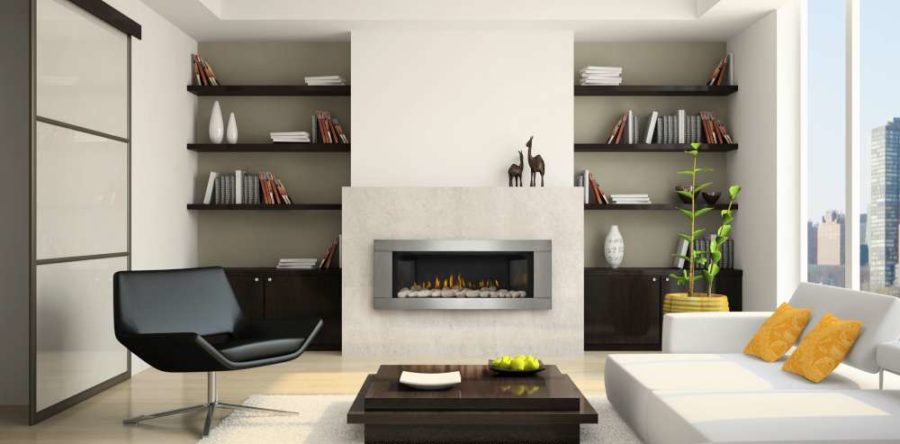
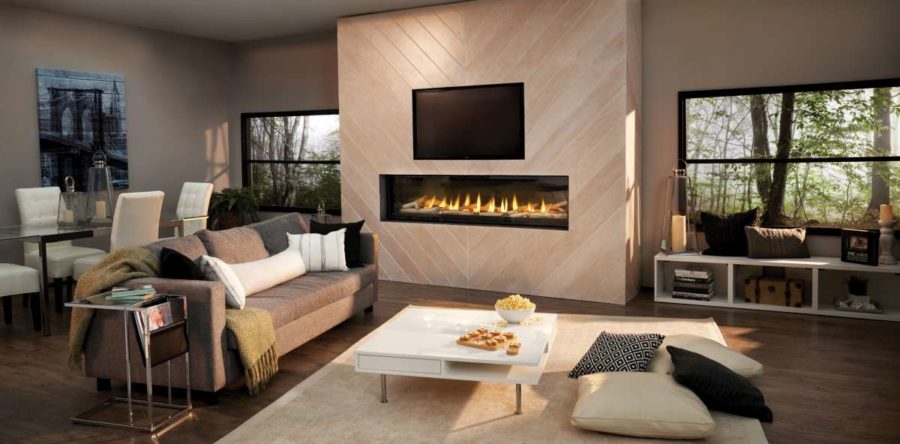
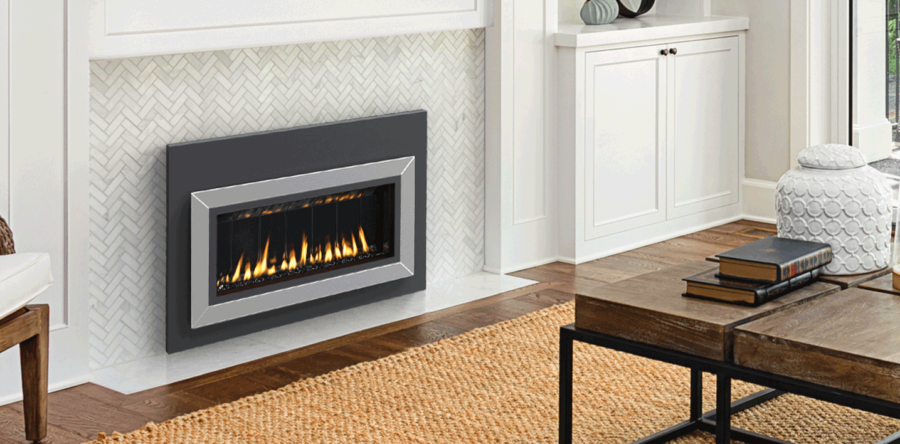
Gas fireplaces and inserts offer cozy warmth, but which is right for you? Let’s explore the distinctions.

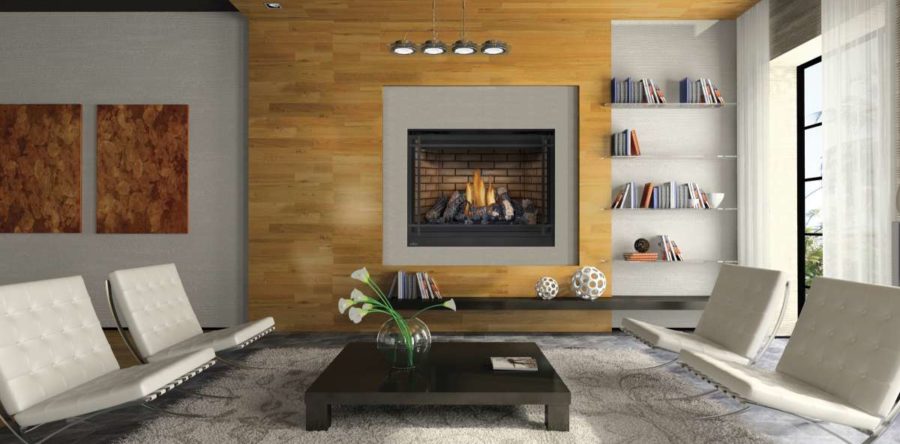
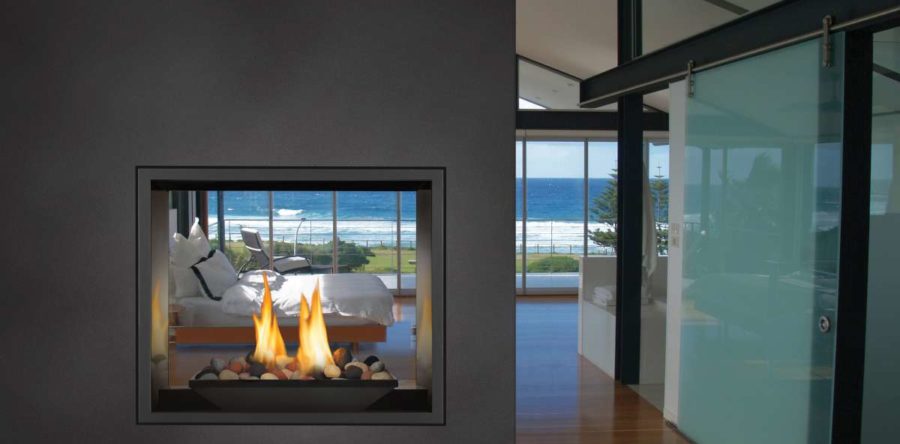

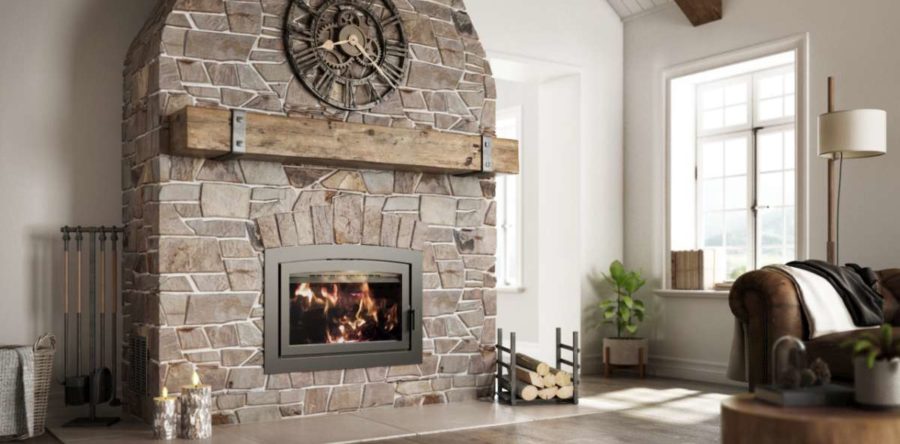
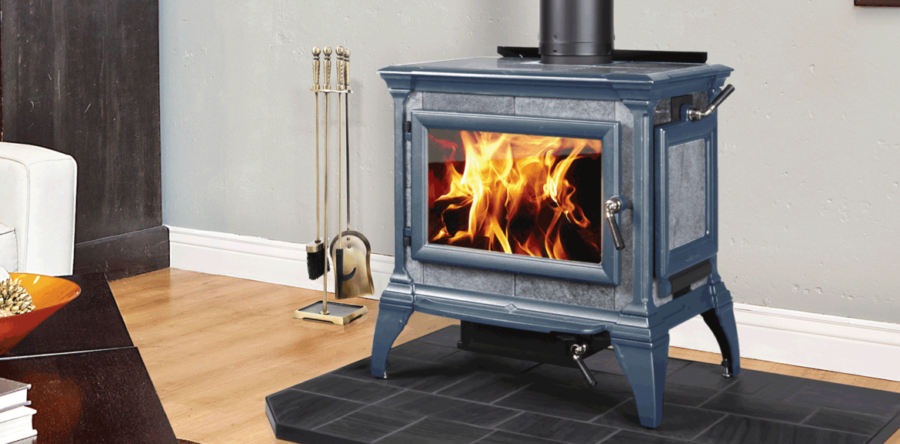
You want peace of mind of while sitting by a cozy fire? If you are having issues with wood smoke filling your house whenever you start a fire, this short guide gets you going with a smoke-free, enjoyable fire.
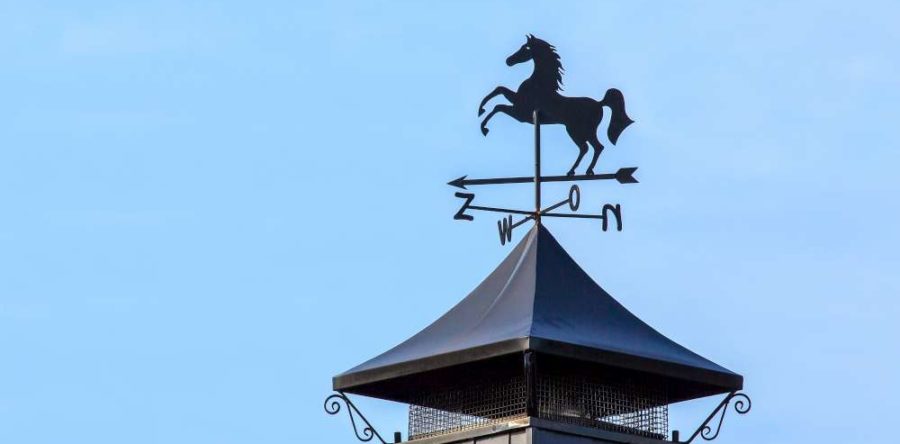
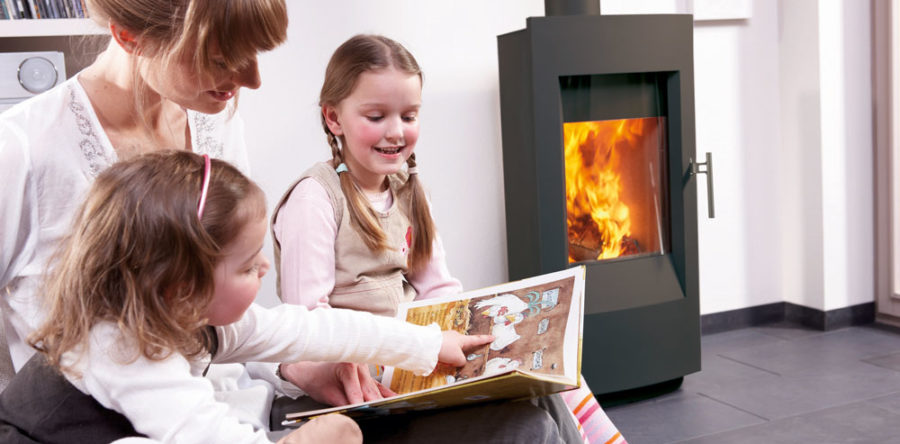
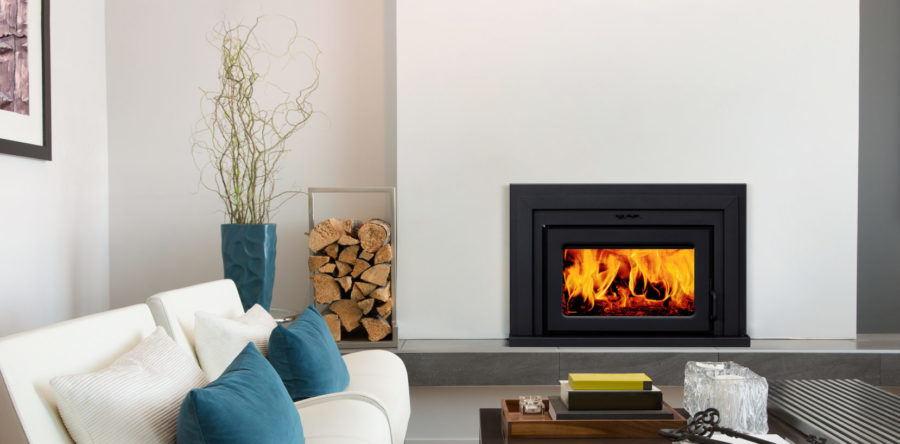
Tired of chopping wood & cleaning ashes? Wondering how to convert your old fireplace to gas? What about safety, installation, costs pros & cons? We try to answer all your questions.
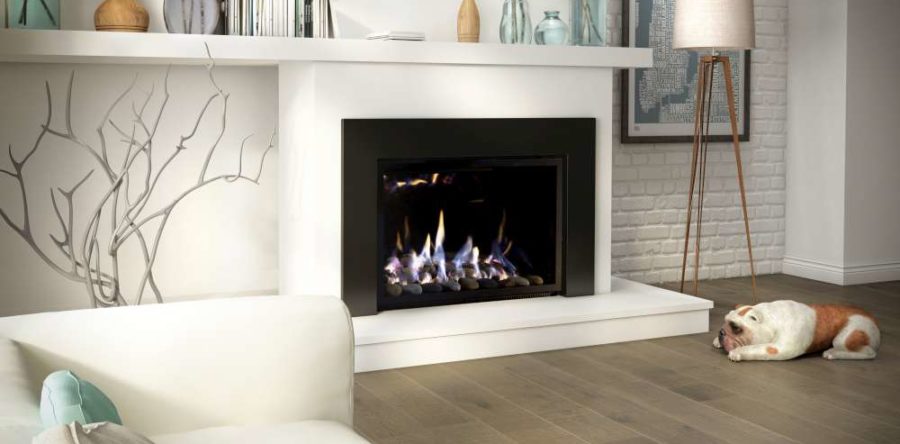
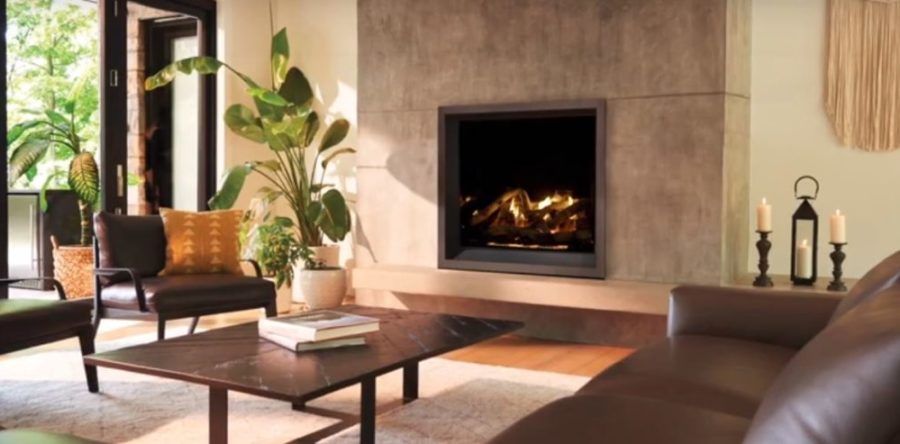
Tired of staring at a dirty wood stove glass? Want to know how to keep it clean without maintenance. Our expert tips keep your glass clean. Enjoy a crystal-clear view of your cozy wood stove fire.
Love your fireplace, but worried about your little one? Discover the best ways to protect babies and toddlers from fireplace dangers with this helpful guide.
